Welcome to our guide on Sino-Korean numbers! You will learn the basics, like counting from 1 to 10, how to form large numbers, and when to use this number system.
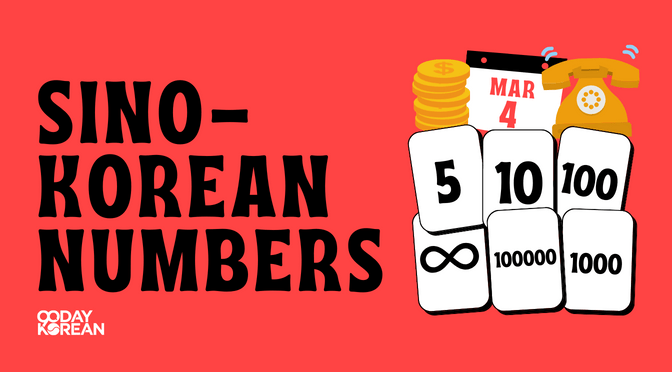
You’ve probably seen Sino-Korean numbers before, they look like this:
1: 일 (il)
2: 이 (i)
3: 삼 (sam)
4: 사 (sa)
5: 오 (o)
This guide will cover all of the Sino-Korean numbers and how they are used in real-life scenarios. We’ll also give you the next steps after you learn this number system.
Let’s get to it!
Quick Summary
 There are two number systems used in Korea: The Sino-Korean and Native Korean number systems.
There are two number systems used in Korea: The Sino-Korean and Native Korean number systems.
 Each number system has different purposes. The Sino-Korean numbers are mainly used for things like reading dates, money or prices, minutes and seconds, or phone numbers in Korean.
Each number system has different purposes. The Sino-Korean numbers are mainly used for things like reading dates, money or prices, minutes and seconds, or phone numbers in Korean.
 We recommend learning Sino-Korean before Native Korean numbers because they are simpler to pronounce and easier to remember.
We recommend learning Sino-Korean before Native Korean numbers because they are simpler to pronounce and easier to remember.
 The Native Korean number system goes up to 99, but Sino-Korean numbers go from 0 to infinity.
The Native Korean number system goes up to 99, but Sino-Korean numbers go from 0 to infinity.
Basic Sino-Korean Numbers (1-10)
Here are Sino-Korean numbers from 1 to 10 with romanization in parenthesis.
1: 일 (il)
2: 이 (i)
3: 삼 (sam)
4: 사 (sa)
5: 오 (o)
6: 육 (yuk)
7: 칠 (chil)
8: 팔 (pal)
9: 구 (gu)
10: 십 (sip)
Here are the numbers with example sentences. We’ve included the romanization in parenthesis and the pronunciation guide in brackets.
Note: The numbers are often written in Arabic numerals:
1: 일 (il) – [eel]
1분이면 돼요. (ilbunimyeon dwaeyo)
It’ll only take a minute.
2: 이 (i) – [ee]
화장실은 2층에 있어요. (hwajangsireun icheunge isseoyo)
The bathroom is on the second floor.
3: 삼 (sam) – [sahm]
우리 팀이 3점을 얻었다. (uri timi samjeomeul eodeotda)
Our team got three points.
4: 사 (sa) – [sah]
이 행사는 4개 국가에서 동시에 열린다. (i haengsaneun sagae gukgaeseo dongsie yeollinda)
The event is held simultaneously in four countries.
5: 오 (o) – [oh]
오 분만 기다려줄래? (o bunman gidaryeojullae?)
Can you wait for 5 minutes?
6: 육 (yuk) – [yook]
6 빼기 2는 4이다. (yuk ppaegi ineun saida)
Six minus two is four.
7: 칠 (chil) – [chil]
오늘 최고 온도는 영상 칠 도입니다. (oneul choego ondoneun yeongsang chil doimnida)
The highest temperature today is 7 degrees.
8: 팔 (pal) – [pahl]
8월에 계획 있어요? (palwore gyehoek isseoyo?)
Do you have any plans for August?
9: 구 (gu) – [goo]
지하철 9호선을 타세요. (jihacheol guhoseoneul taseyo)
Take the subway line number 9.
10: 십 (sip) – [ship]
십 킬로미터를 달려본 적 있어요? (sip killomiteoreul dallyeobon jeok isseoyo?)
Have you ever run ten kilometers?
Forming Double-Digit Numbers (11-99)
Heading on to the next level, let’s learn how to count the double-digit numbers.
How to form numbers 11 through 19
Numbers 11 through 19 are formed by adding the numbers 1 through 9 after the word for ten (십, sip).
Pattern: Ten (십) + number
Here’s how it’s done:
11: 십일 (sip-il) – Ten (십) + One (일)
12: 십이 (sip-i) – Ten (십) + Two (이)
13: 십삼 (sip-sam) – Ten (십) + Three (삼)
14: 십사 (sip-sa) – Ten (십) + Four (사)
15: 십오 (sip-o) – Ten (십) + Five (오)
16: 십육 (sip-yuk) – Ten (십) + Six (육)
17: 십칠 (sip-chil) – Ten (십) + Seven (칠)
18: 십팔 (sip-pal) – Ten (십) + Eight (팔)
19: 십구 (sip-gu) – Ten (십) + Nine (구)
The pattern for creating numbers 20 through 99
For numbers from 20 to 99, simply combine the tens (20, 30, 40, etc.) with the units (1 through 9).
For each ten from 20 onwards, use the Sino-Korean number for the multiplier of ten.
Pattern: number + Ten (십)
For example:
20: 이십 (i-sip) – Two (이) + Ten (십)
30: 삼십 (sam-sip) – Three (삼) + Ten (십)
90: 구십 (gu-sip) – Nine (구) + Ten (십)
For numbers between the tens, you add the unit number (1 through 9) to each ten.
Pattern: number + Ten (십) + number
For example:
25: 이십오 (isip-o) – Two (이) + Ten (십) + Five (오) -> + Twenty (이십) + Five (오)
34: 삼십사 (samsip-sa) – Three (삼) + Ten (십) + Four (사) -> Thrirty (삼십) + Four (사)
97: 구십칠 (gusip-chil) – Nine (구) + Ten (십) + Seven (칠) -> Ninety (구십) + Seven (칠)
How to Count Large Numbers in Sino-Korean
Here are the counting units for hundreds, thousands, and beyond in Sino-Korean.
백 (baek) is used for the number 100, and the number before 백 indicates the hundreds. For example, 삼백 (sam-baek) is 300, with 삼 for 3.
The number 1000 is 천 (cheon), and the number before 천 indicates the thousands. For example, 2,000 is 이천 (icheon), where 이 is 2.
만 (man) represents 10,000 and is a unique unit in Korean. Larger numbers are usually grouped in units of 만 instead of thousands. For example, 50,000 is 오만 (o-man).
- Hundred Millions (억, eok)
100 million is 억 (eok) in sino-Korean. For larger sums, combine numbers with 억. For example, 400 million is 사억 (sa-eok).
조 represents 1 trillion (1,000,000,000,000). 6 trillion is 육조 (yuk-jo), where 육 is 6.
What is the difference between Sino and Native Korean numbers?
The difference between the two systems is in their uses. Sino-Korean Numbers are used for dates, minutes, and telling phone numbers and addresses and are common in formal documents.
Native Korean Numbers are used for counting objects, ages, and hours of the day.
Another difference is the range they cover. Native Korean numbers only go up to 99. However, Sino-Korean numbers can go up to very large numbers, making them suitable for expressing quantities in the thousands, millions, and beyond. For this reason, Sino-Korean is the Korean counting system used in Korean currency, which is often in large numbers.
History of Sino-Korean numbers
Sino-Korean words come from Chinese characters. Over a thousand years ago, Chinese characters were introduced to Korea through extensive cultural and political exchanges.
This led to the adoption of Chinese characters (Hanja) in the Korean language. Sino-Korean system includes words from Chinese characters and is used in various parts of daily life.
When to use Sino-Korean numbers
Now that you know each of the Sino-Korean numbers. Here is a list of uses of this Korean number system.
 Day and month
Day and month Phone number and address (street and floor number)
Phone number and address (street and floor number) Minutes and seconds
Minutes and seconds Counting money
Counting money Sports scores
Sports scores Measurements and temperatures
Measurements and temperatures Mathematical operations
Mathematical operations
Which Korean number system should I learn first?
In our Inner Circle course, we recommend learning Sino-Korean before Native Korean numbers because they are simpler to pronounce and easier to remember. For example, the Sino-Korean number 5, or 오 (o), is easier to say and remember than its Native Korean counterpart, 다섯 (daseot).
Sino-Korean numbers are also more commonly used.
Practical Applications of Sino-Korean Numbers
In practical use, Sino-Korean numbers can express large quantities, especially with money and statistics. For example, 만 (10,000) is particularly common in everyday contexts, especially in pricing, salary discussions, and budgeting.
It is essential to understand these units when dealing with financial, statistical, and historical information in Korean.
Counting Money and Making Transactions
When talking about prices, paying the bill, or receiving change, Sino-Korean numbers are used. For example, if something costs 5,500 KRW, you would say 오천오백 원, and 20,000 KRW (Korean Won) is 이만 원.
Another example is 3,500,000 KRW is expressed as in Korean 삼백오십만 원 (sam-baek-o-ship-man won), and the large unit of 만 is emphasized for clarity.
Using Sino-Korean Numbers for Dates and Time
Years: These large units can be used for telling years. For example, one might describe a historical event that happened in 조선시대, 천팔백육십이 년 (Joseon Dynasty, 1862).
Dates: Koreans use Sino-Korean numbers when talking about the year, month, or day. For example, February 15th, 2024, is 이천이십사 년 이 월 십오 일 (2024년 2월 5일).
Time: For hours, you can use the native Korean numbers, but for minutes and seconds, you use Sino-Korean numbers. For example, 1:15 PM is 오후 한 시 십오 분 (오후 1시 15분).
Sino-Korean Numbers in Addresses and Phone Numbers
Address: You can use Sino-Korean numbers to state the building number and zip code. For example, 서울특별시 강남구 테헤란로 152 번지 (152 Teheran-ro, Gangnam-gu, Seoul).
Phone Numbers: Sino-Korean numbers are used when giving phone numbers. For example, 010-1234-5678 is 공일공 일이삼사 오육칠팔.
Statistics
A city’s population can also be described using these units, like 일억 이천만 명 (120 million people; il-eok i-man myeong).
조 (trillions) is often used to describe a country’s GDP, e.g., 삼백조 원 (300 trillion won; sam-baek-jo won).
Tips and Tricks for Learning Sino-Korean Numbers
Learn Sino-Korean numbers with some effective strategies. Here are tips, memory aids, common pitfalls to avoid, and ways to apply Sino-Korean numbers to your daily life:
Memory Aids for Remembering Sino-Korean Numbers
Rhymes and Songs: Create or find rhymes and songs that include Sino-Korean numbers. Music can make it easier to remember the sequence of numbers. You can look for Korean children’s songs or educational videos online. Here is an example:
https://www.youtube.com/watch?v=U5DgmvJRyaM
Grouping: Break down the numbers into groups (1-10, 10-20, etc.) and focus on one group before moving on to the next.
Flashcards: Practicing the numbers randomly using flashcards helps with recall and recognition.
Common Pitfalls and How to Avoid Them
Numbers that have similar sounds, like 이십 (20) and 십이 (12), can be confusing when quickly said in conversation. To overcome this, expose yourself as much as possible to spoken Korean through media or listening exercises. This can help to develop an ear to distinguish the nuances of pronunciation.
Pronunciation practice with audio recordings is also helpful for this. Focusing on pronunciation differences of each number in your own speech will help to build a strong foundation.
Incorporating Sino-Korean Numbers into Daily Practice
Practicing every day is the best way to enhance your knowledge of Sino-Kiorean numbers.
Every day, write down today’s date in the Sino-Korean number system and say it out loud. It will only take 10 minutes, but if you do it for weeks and months, it will help you remember the words.
Label everyday items around your house with tags that have prices written in KRW. This will help you get used to seeing and reading numbers in Sino-Korean.
We also recommend paying close attention to how numbers are used in different contexts when engaging Korean media, such as dates on the news or prices in reality shows.
Interactive Exercises and Practice
Here are some strategies and ideas for practicing Sino-Korean numbers interactively, with practice scenarios and resources for further learning.
Interactive games and quizzes to reinforce learning
Flashcards: Apps like Anki or Quizlet to create or find decks specifically for Sino-Korean numbers. These can include audio clips for pronunciation practice.
Language Learning Apps: Use interactive language exercise apps such as Duolingo, Rosetta Stone, and Memrise to retain your learning of Korean numbers.
Online Quizzes: By taking quizzes on websites like Sporcle and PurposeGames. you can test your knowledge in a fun and interactive way.
Practice scenarios for using Sino-Korean numbers in real-life situations
In the Market: Imagine you’re in a Korean market. Practice how you would ask for prices and quantities using Sino-Korean numbers. For example, “이것 얼마예요?” (How much is this?) and respond with a price, “천오백 원이에요.” (It’s 1,500 won).
Telling Time: Practice setting alarms or telling time to a friend using Sino-Korean numbers. For example, “지금은 오후 두시 삼십분입니다.” (It’s 2:30 PM now).
Phone number exchange: Practice exchanging, writing, and saying phone numbers with a friend or a study buddy using Sino-Korean numbers.
Planning an event: when planning your next meeting with your friend or date, write down the date and time using Sino-Korean numbers. For example, “오월 이십삼일 오전 아홉시 삼십분 (May 23rd, 9:30 AM)” .
Cooking in Korean: when cooking, try using Sino-Korean numbers to measure ingredients (grams, milliliters).
Resources for further practice and learning
YouTube: Look for channels that offer free lessons on Korean numbers and many other topics. Through comments and community engagement, you can practice interactively.
Language Exchange: Platforms like Tandem and HelloTalk allow you to practice Korean with native speakers who can help you with numbers and other aspects of the language in exchange for helping them with your native language.
What to do after learning the Sino-Korean Number System
After learning the Sino-Korean Number System, you can familiarize yourself with the Native Korean Number System. This is used for ages, counting objects, and ordinal numbers in daily conversations. Knowing both number systems and when to use them can enhance your ability to communicate effectively in various contexts in Korean.
Conclusion
In conclusion, Sino-Korean numbers are important when speaking and understanding Korean, as they are used in everyday situations like talking about dates, money, and phone numbers. It can seem difficult to learn at first, but with regular practice and use in your daily life, it will get easier and become more natural.
Whether through games, quizzes, or talking to yourself or with your study buddies, we encourage you to keep practicing. What questions do you have about Sino-Korean numbers? Let us know in the comments below!



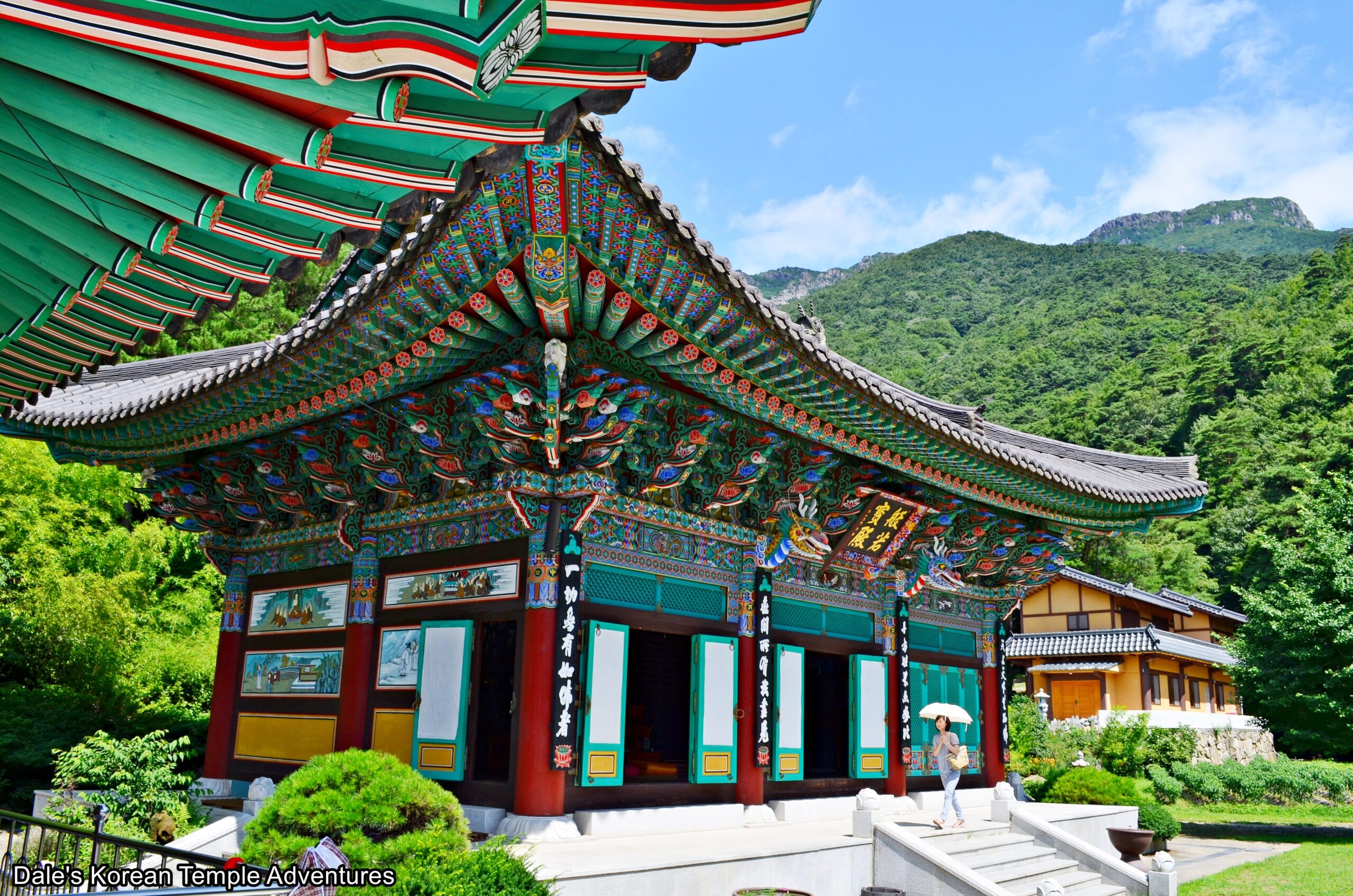
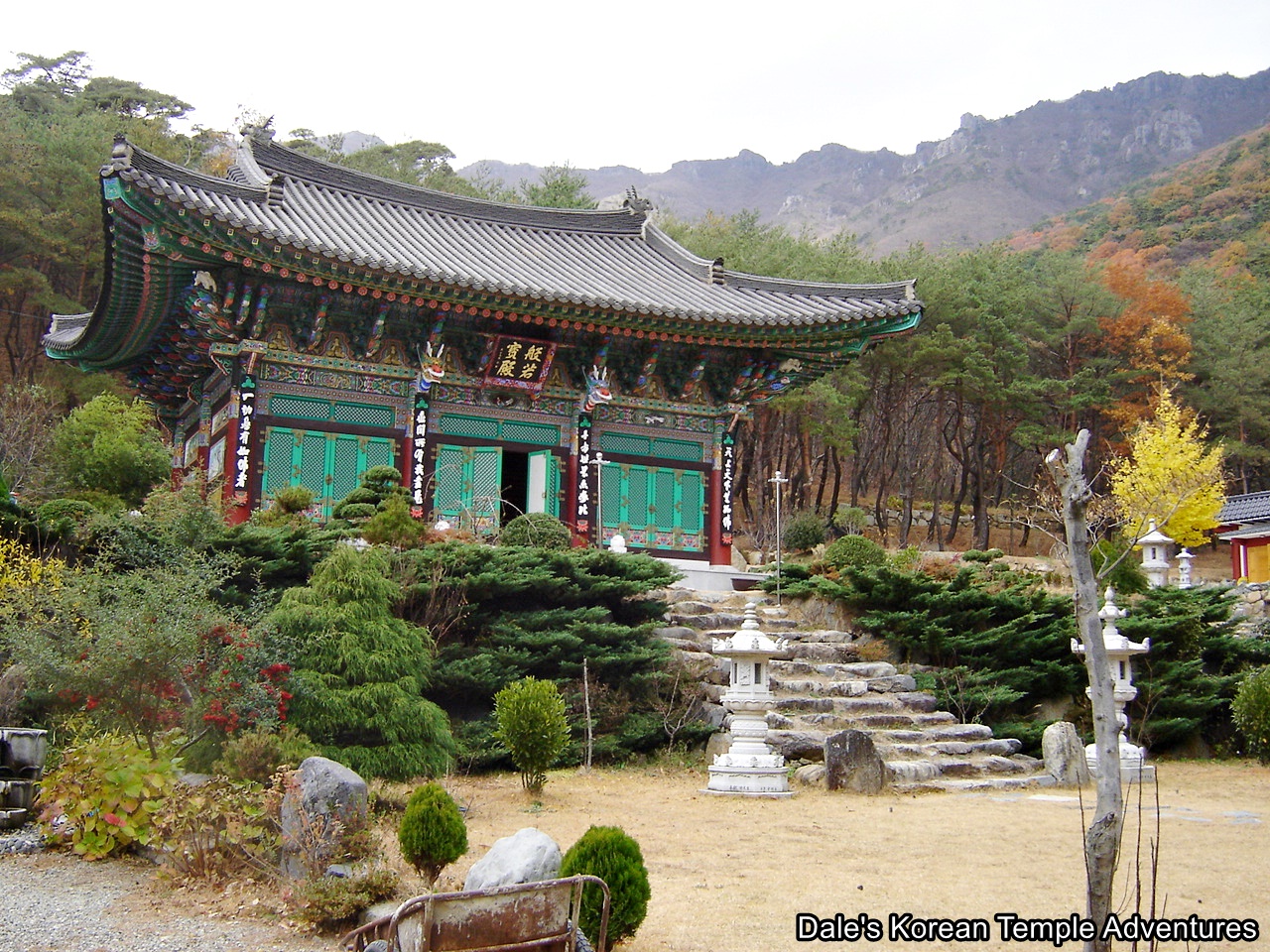
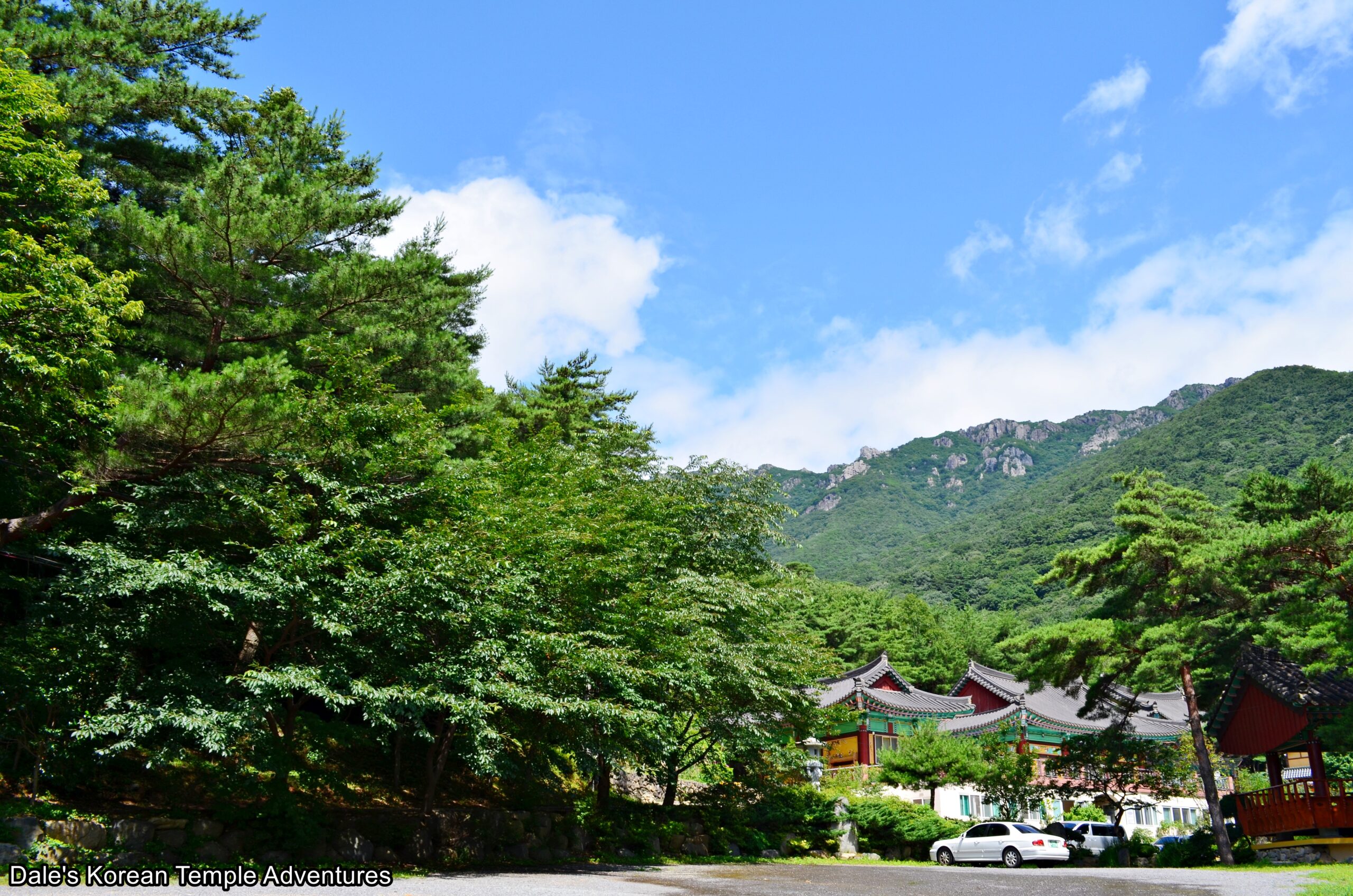
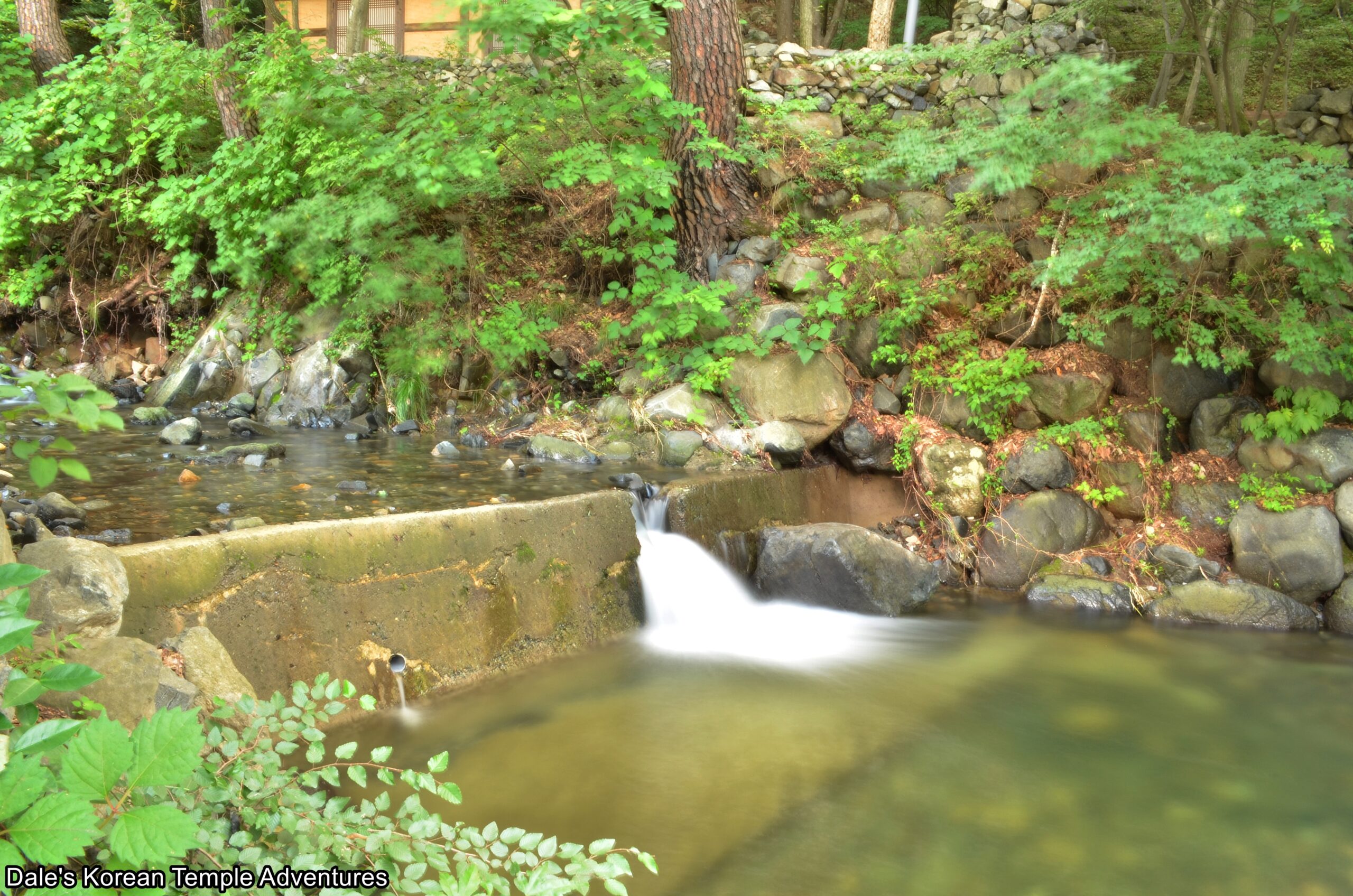
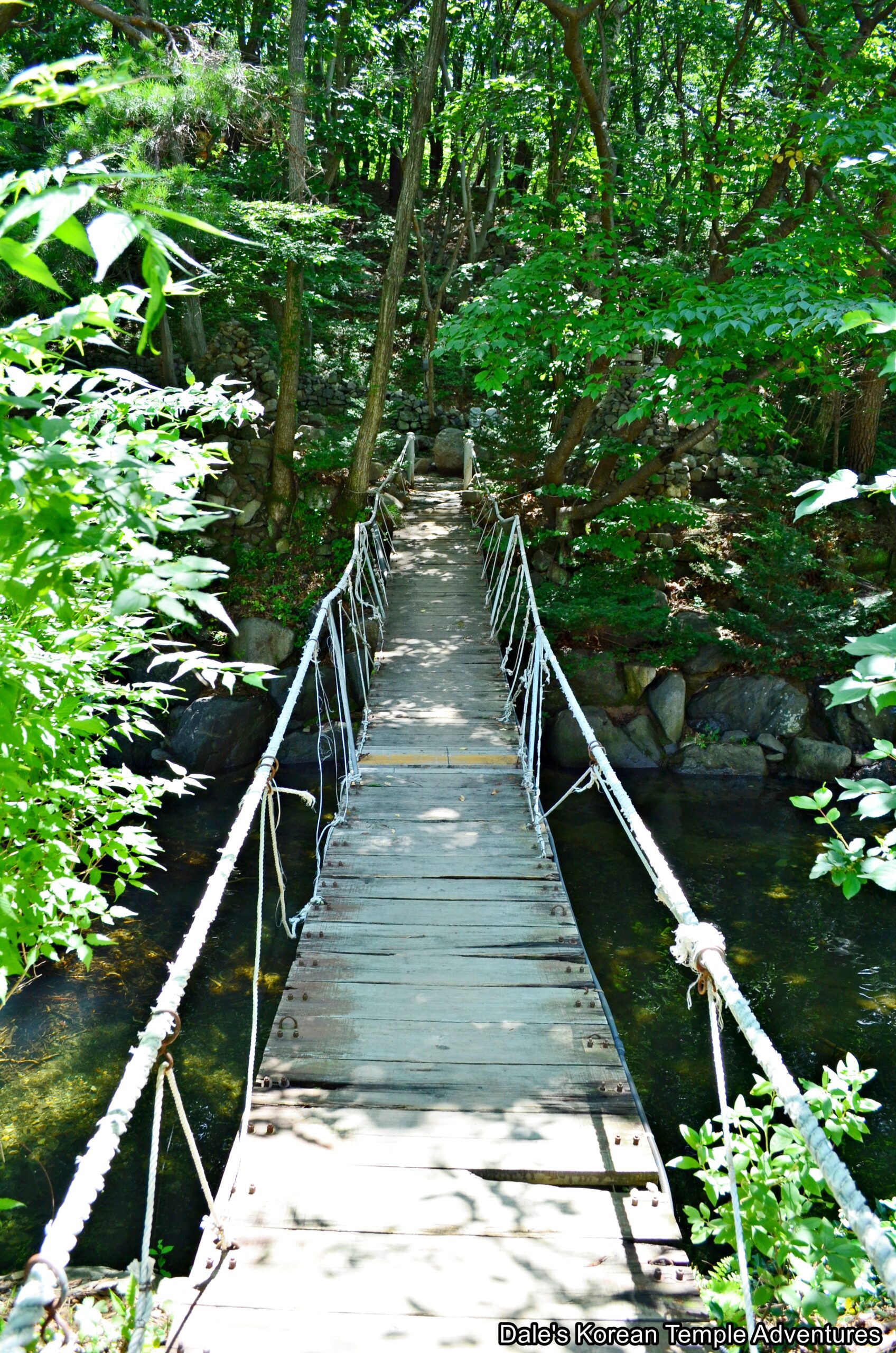
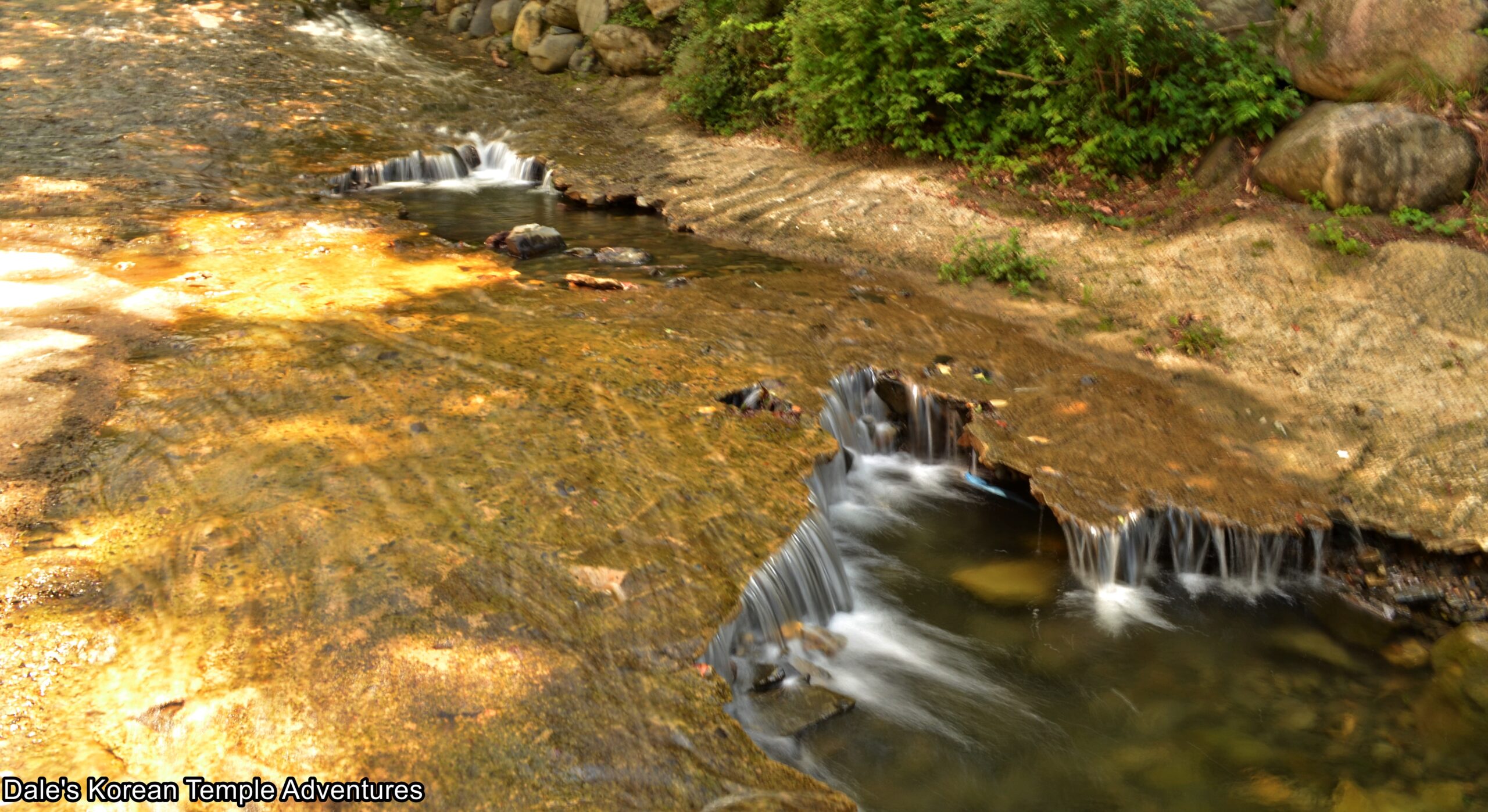
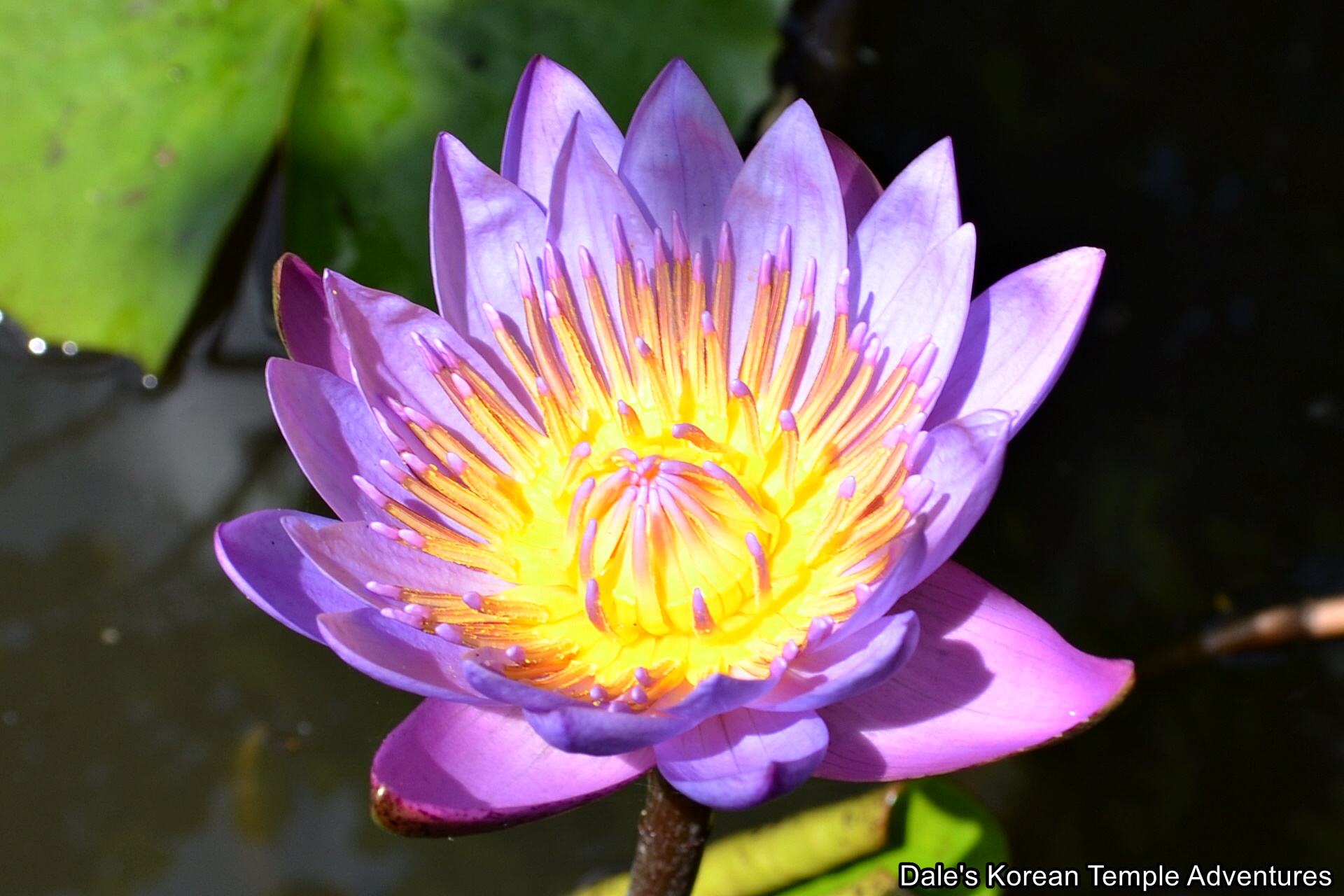
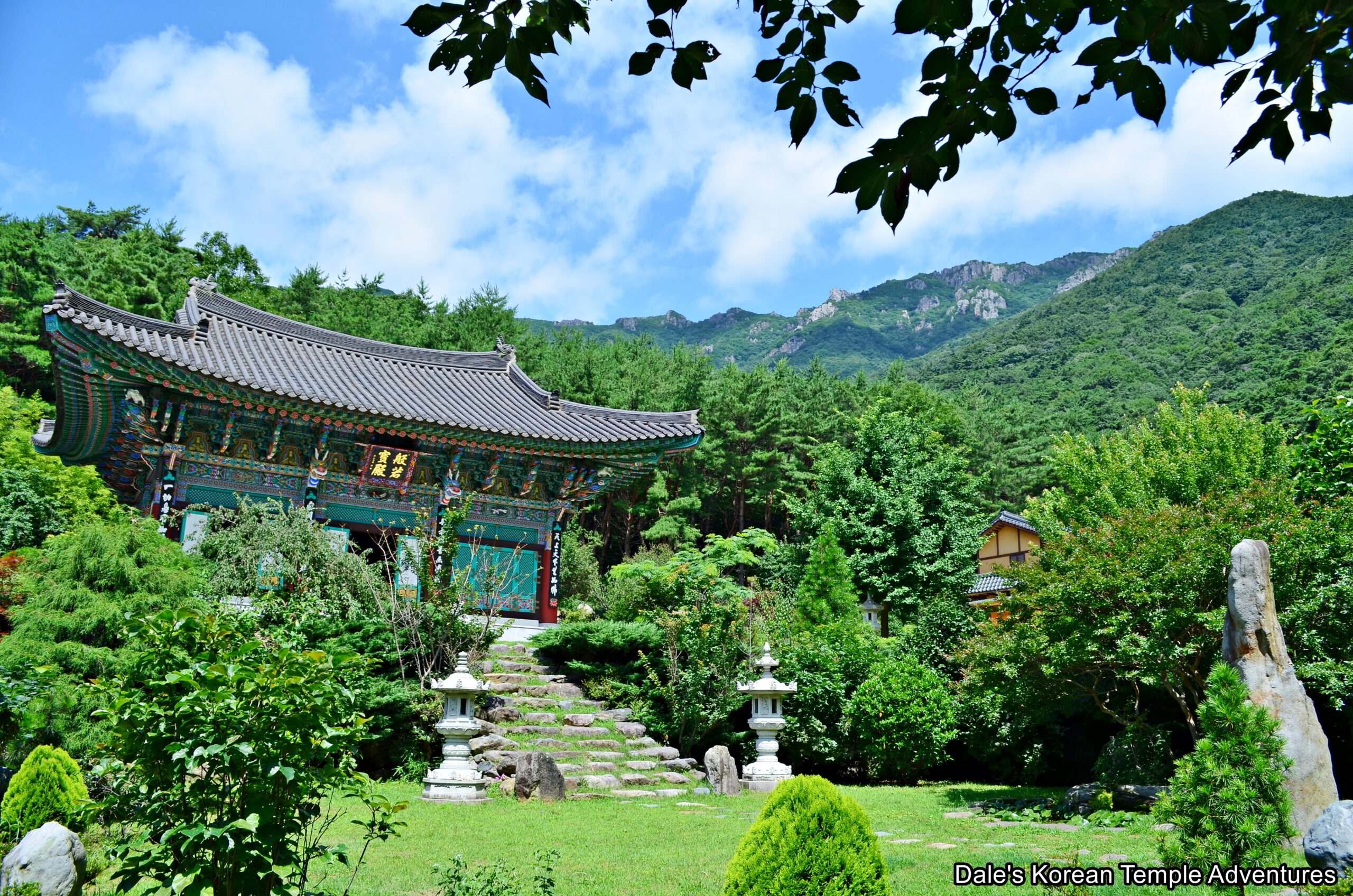
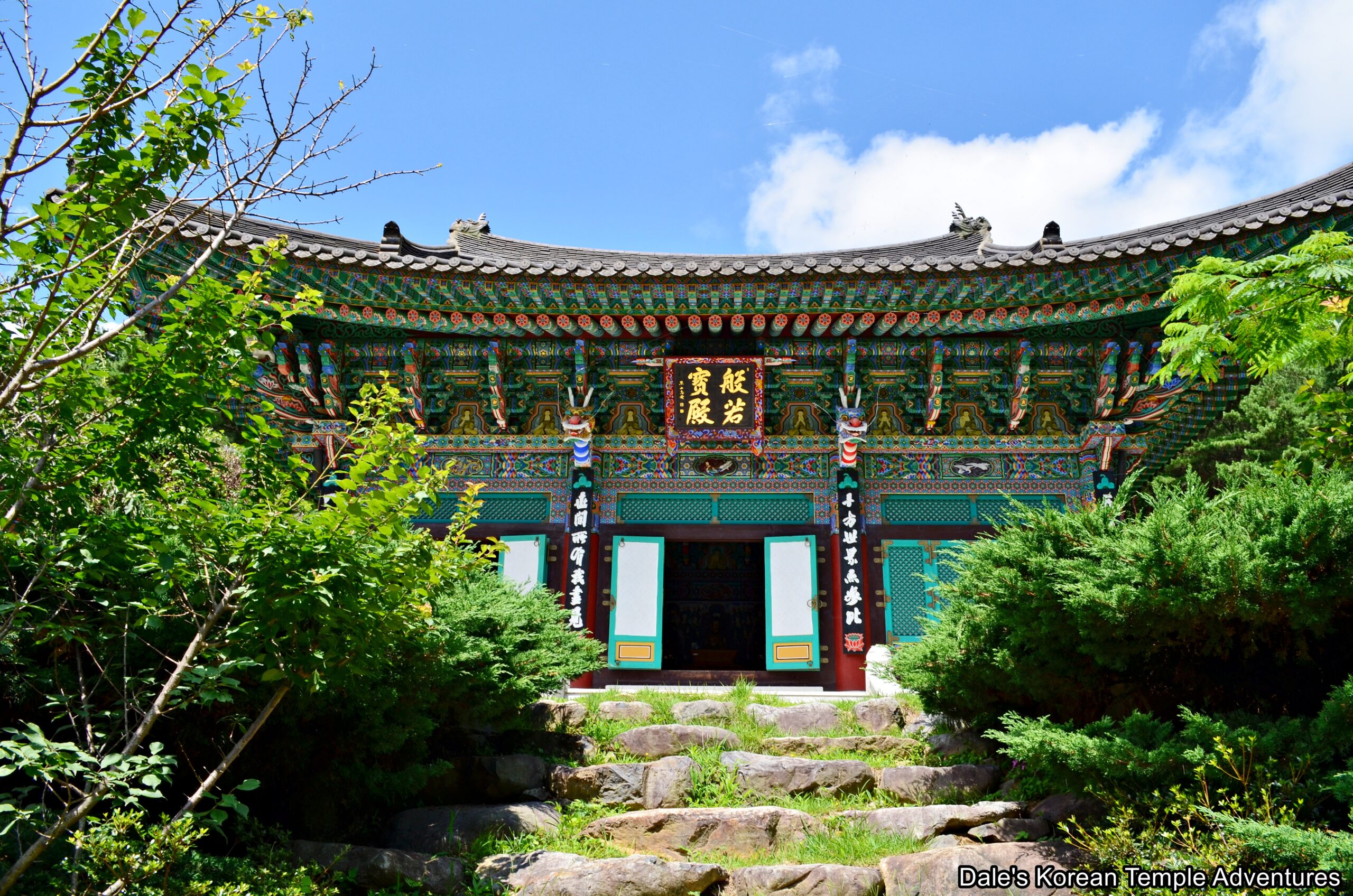

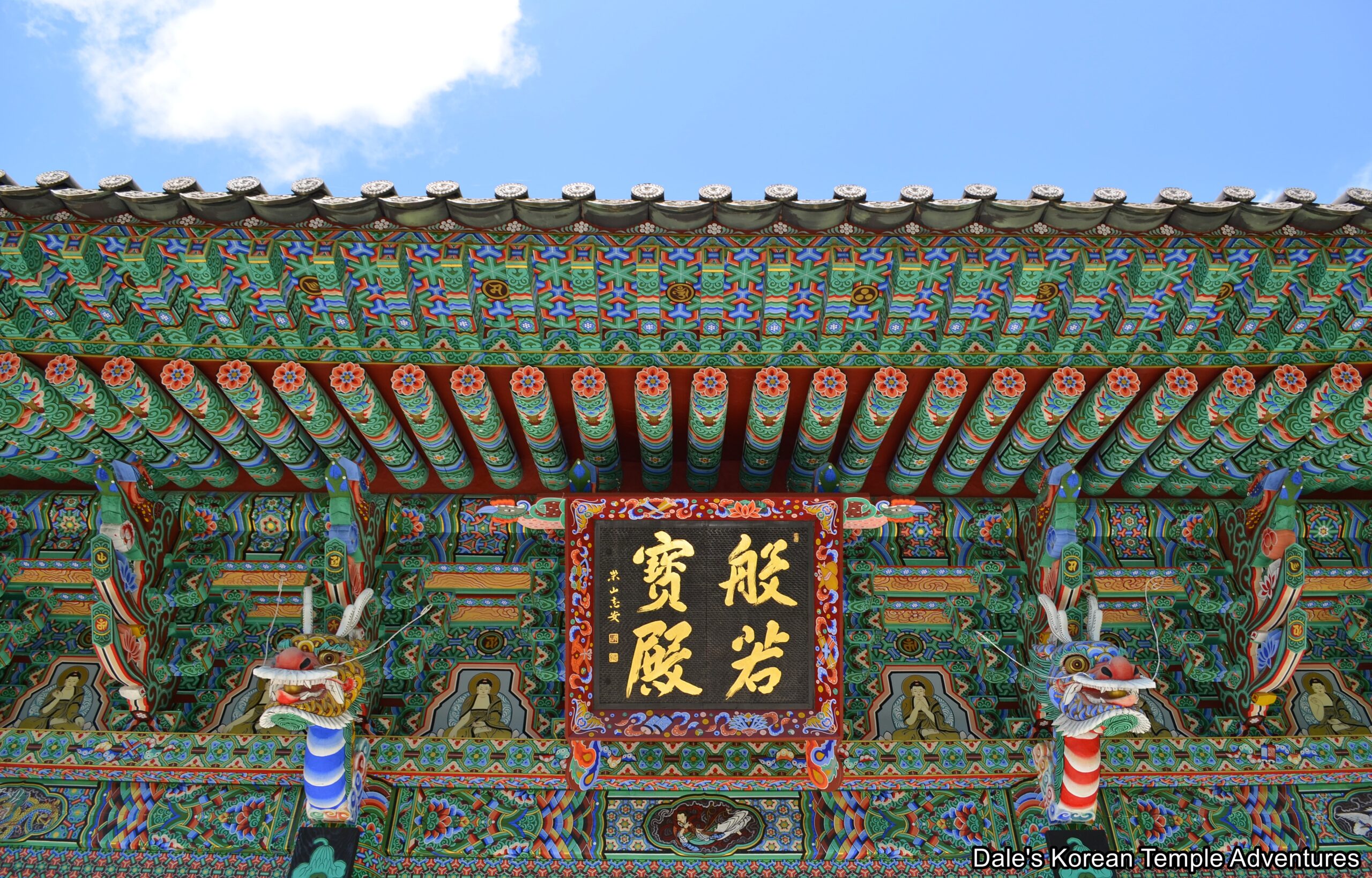
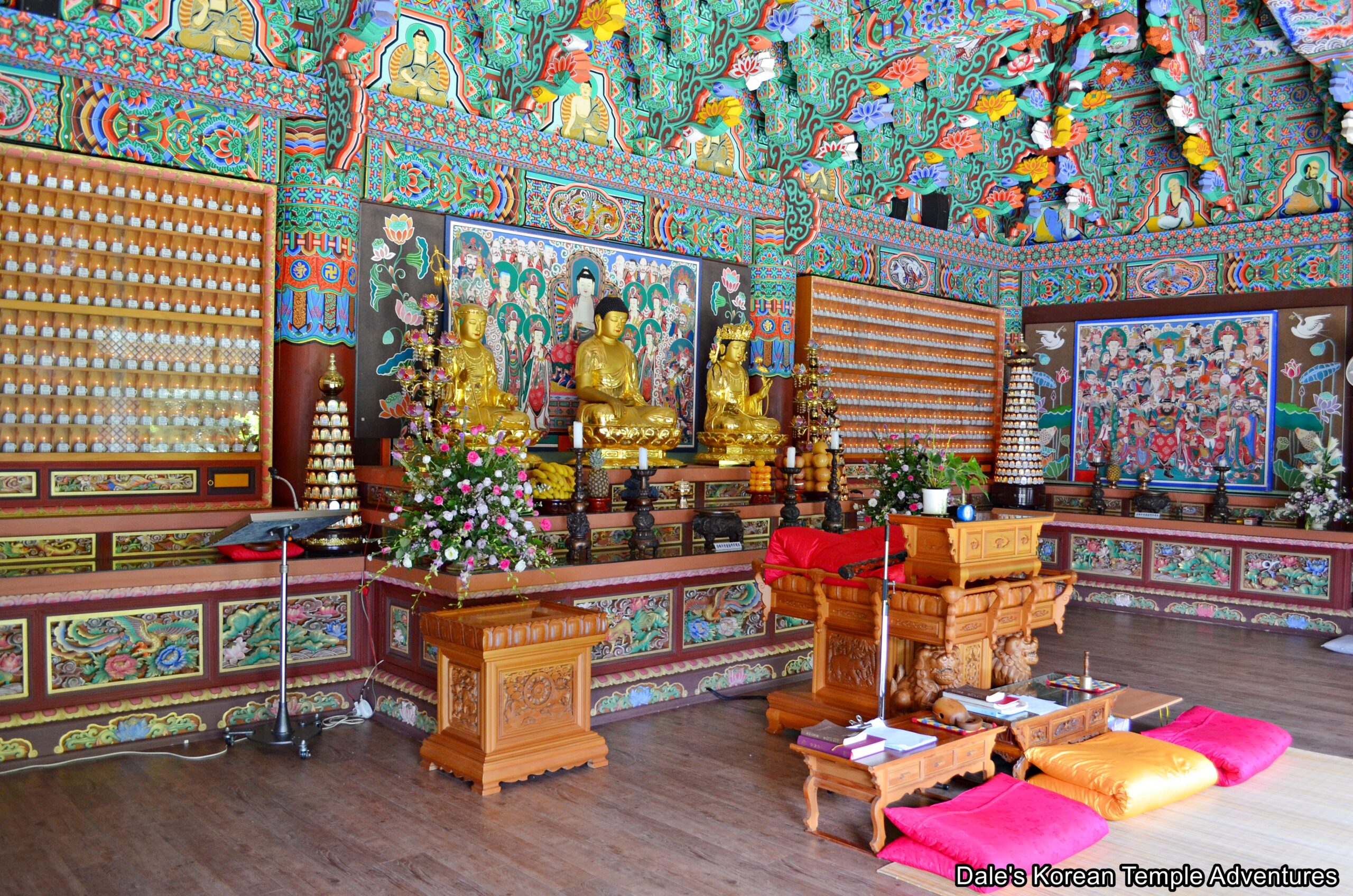

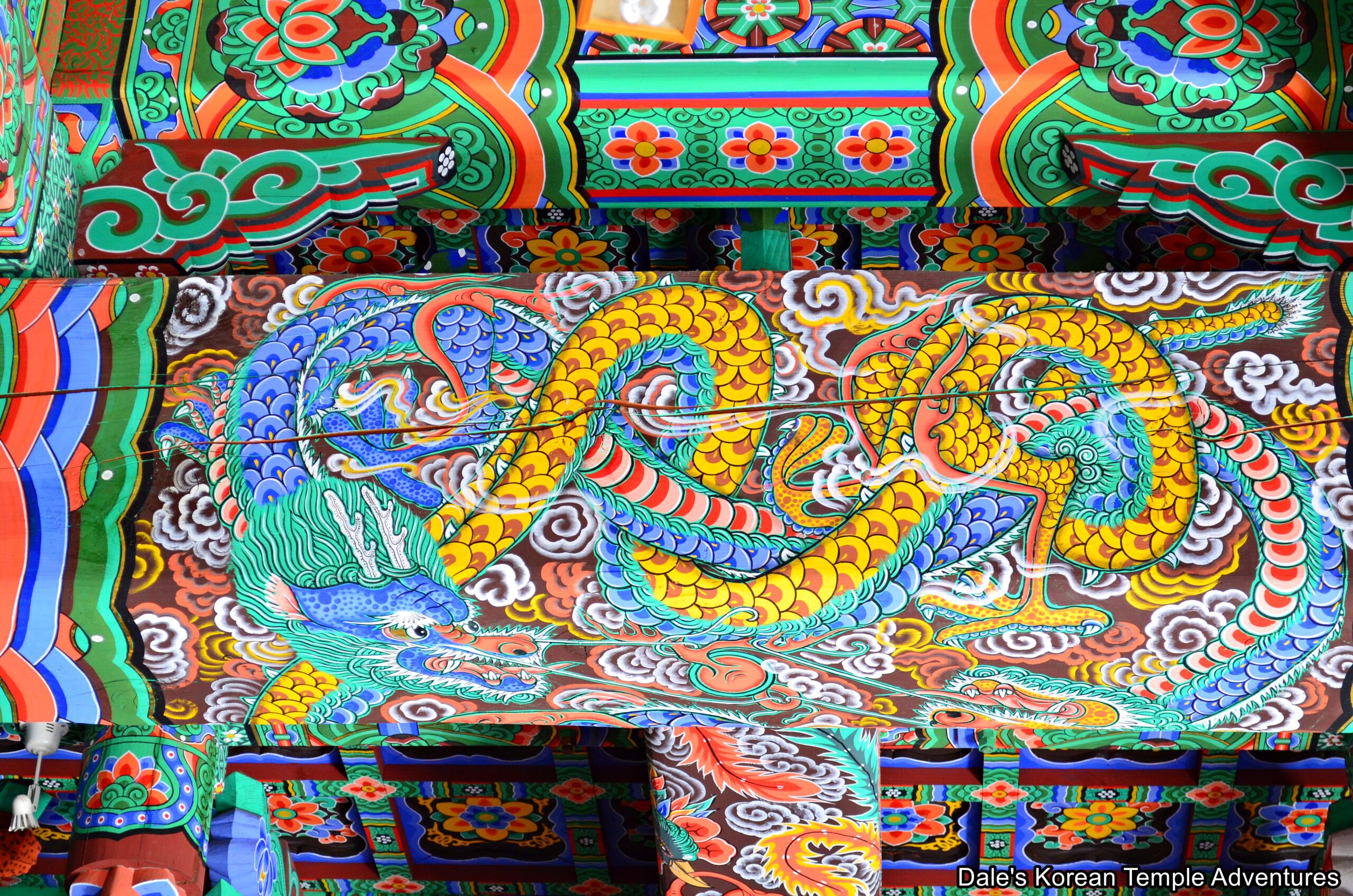
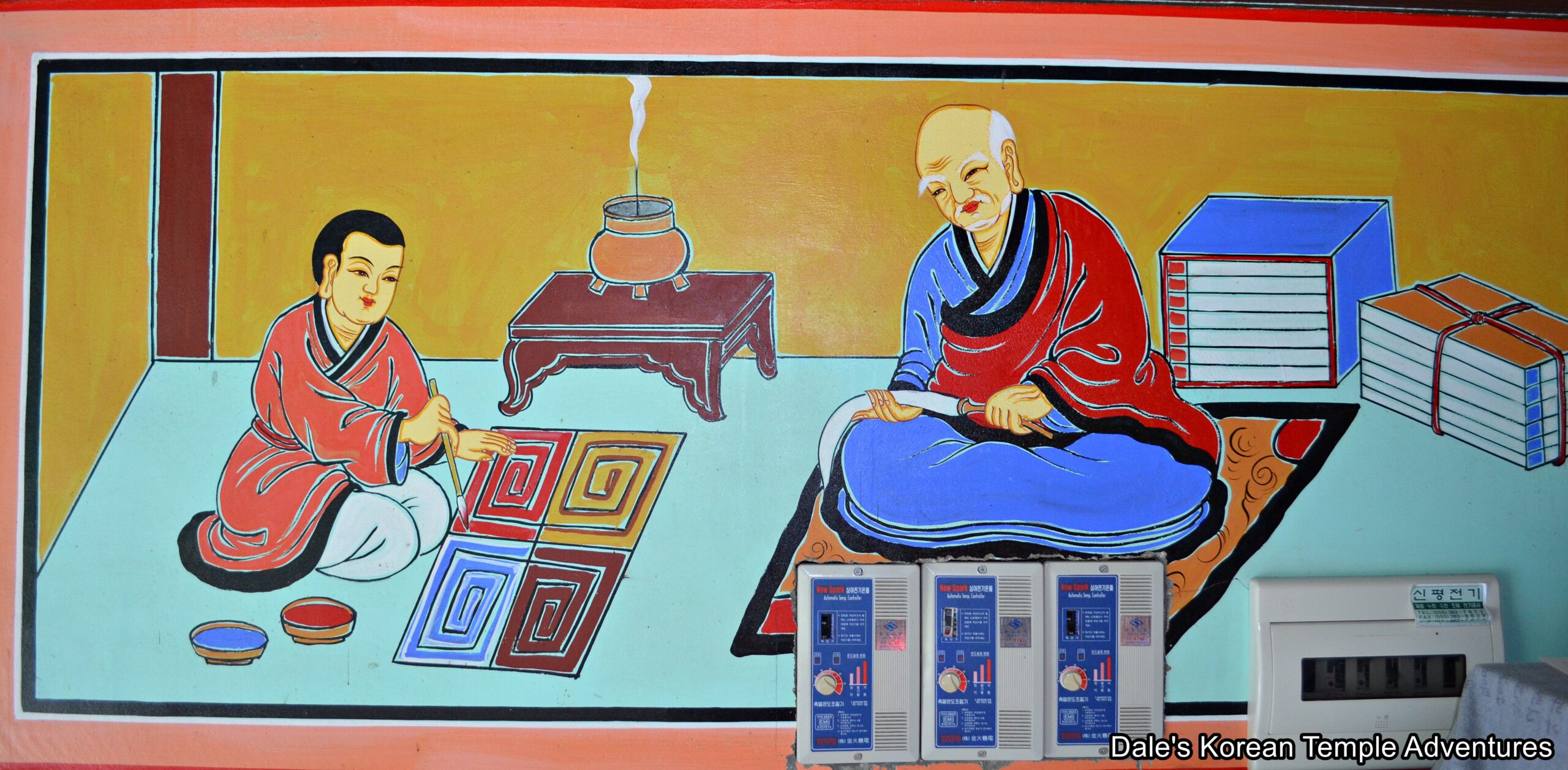
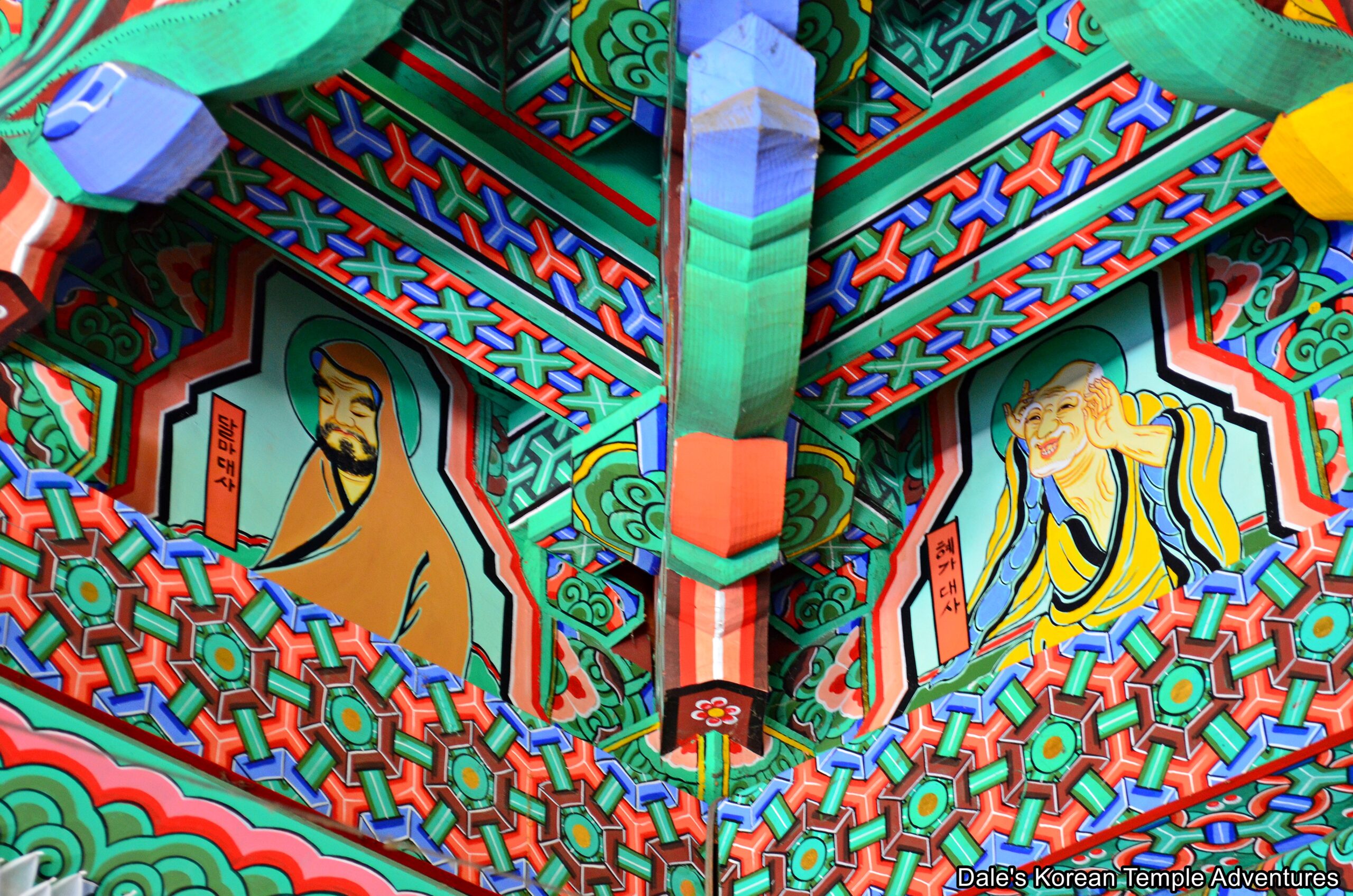

 There are two number systems used in Korea: The Sino-Korean and Native Korean number systems.
There are two number systems used in Korea: The Sino-Korean and Native Korean number systems. Day and month
Day and month Phone number and address (street and floor number)
Phone number and address (street and floor number) Minutes and seconds
Minutes and seconds Counting money
Counting money Sports scores
Sports scores Measurements and temperatures
Measurements and temperatures Mathematical operations
Mathematical operations Learn to read Korean and be having simple conversations, taking taxis and ordering in Korean within a week with our FREE Hangeul Hacks series:
Learn to read Korean and be having simple conversations, taking taxis and ordering in Korean within a week with our FREE Hangeul Hacks series: 
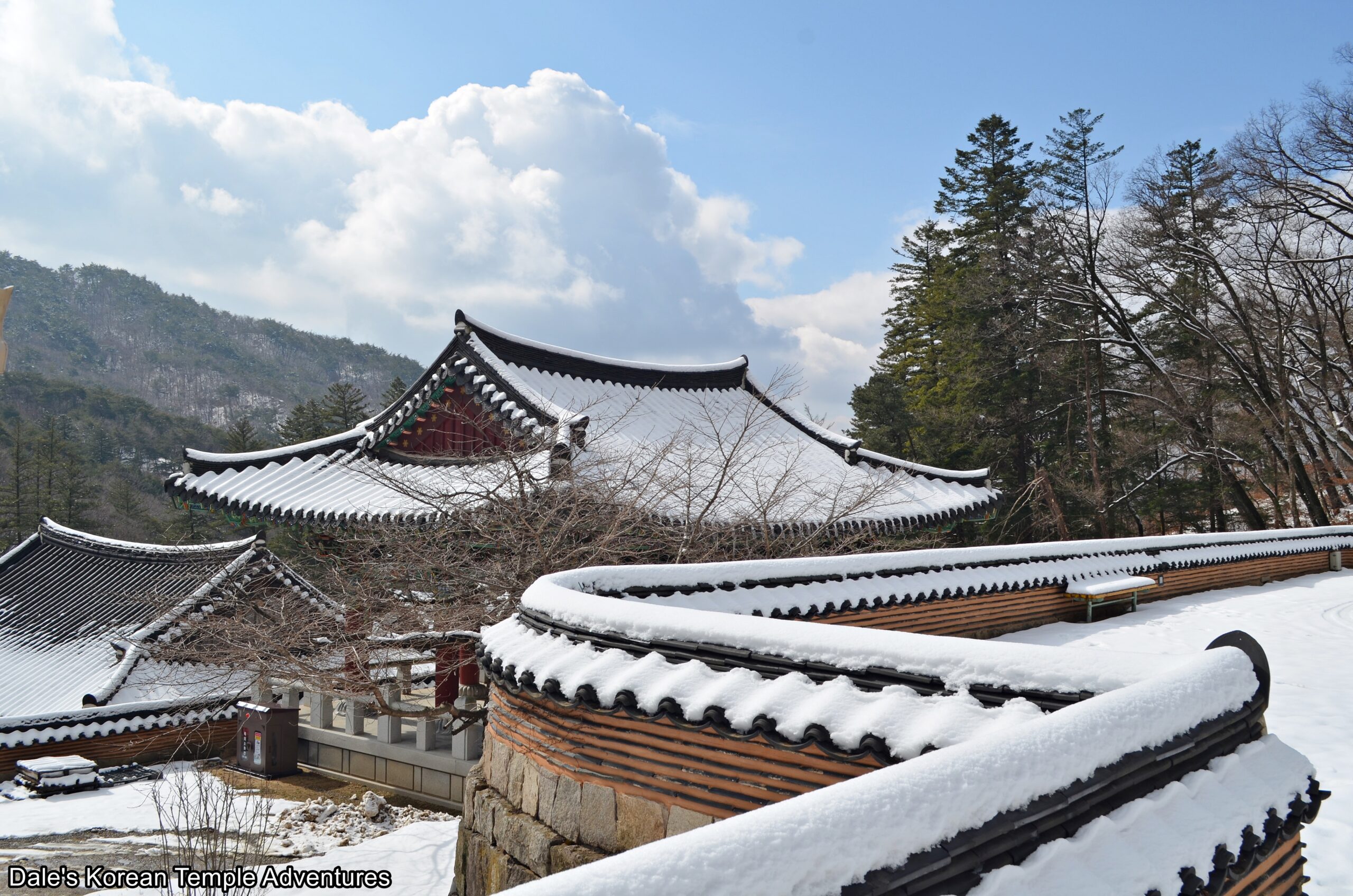
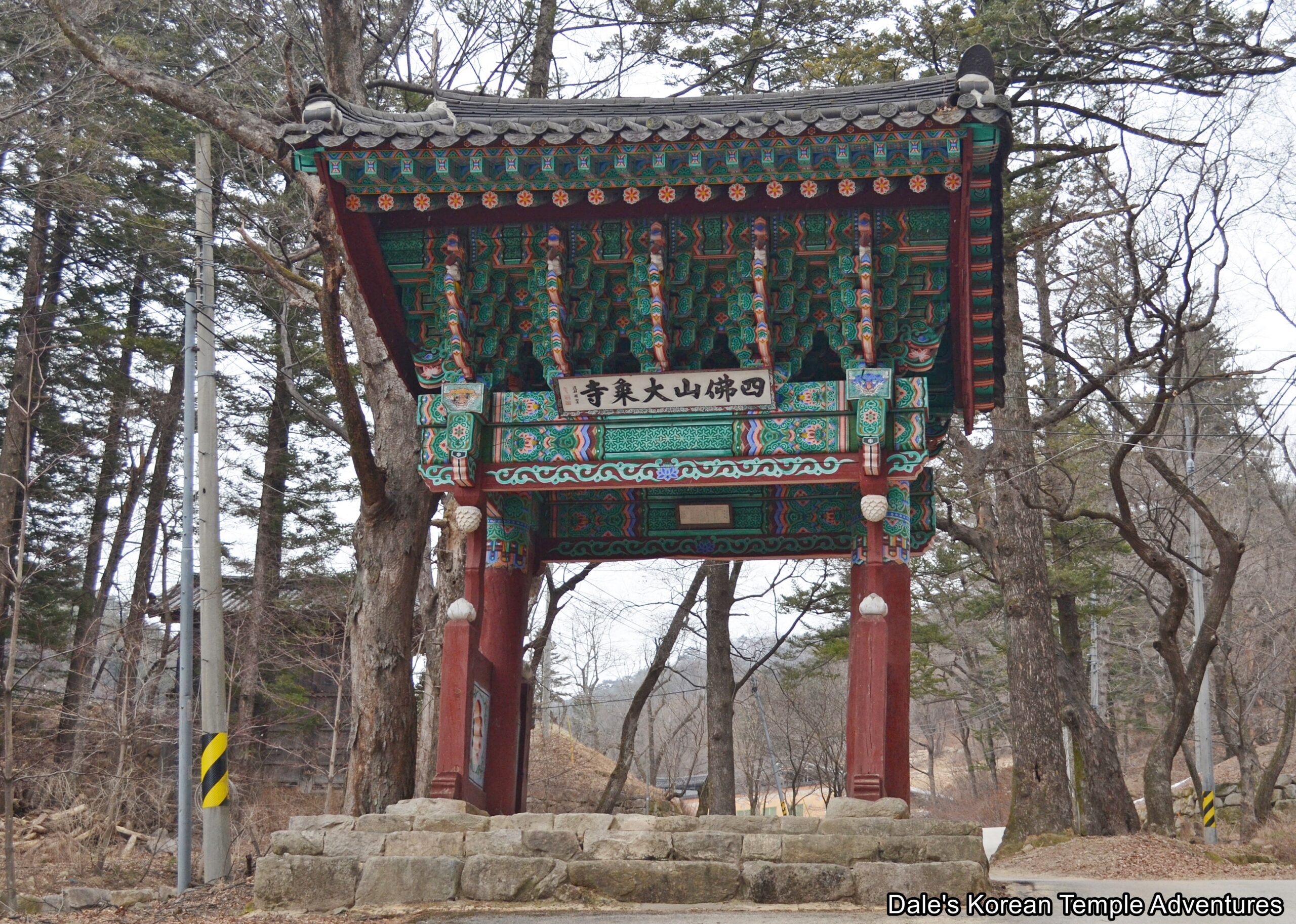

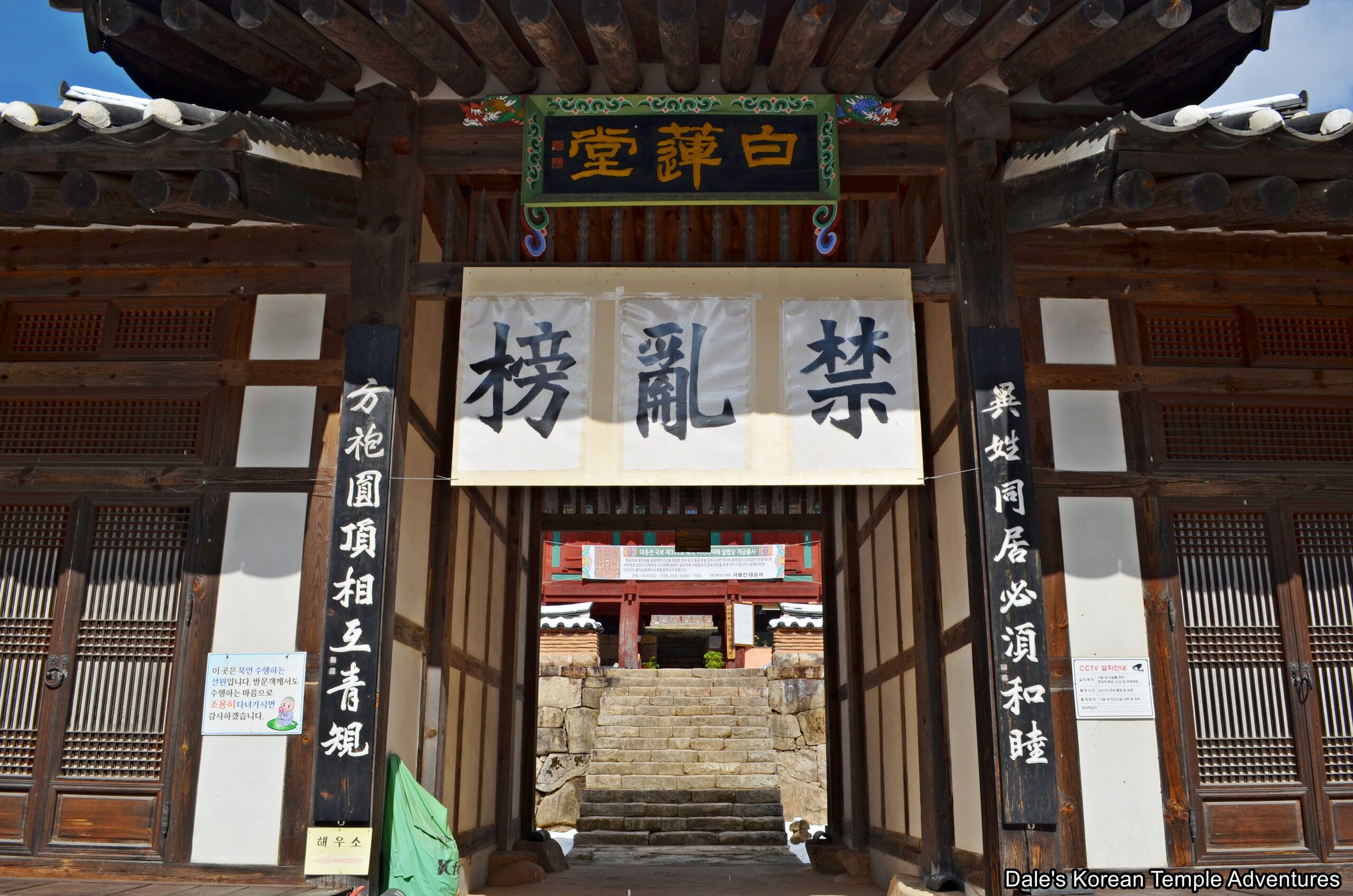
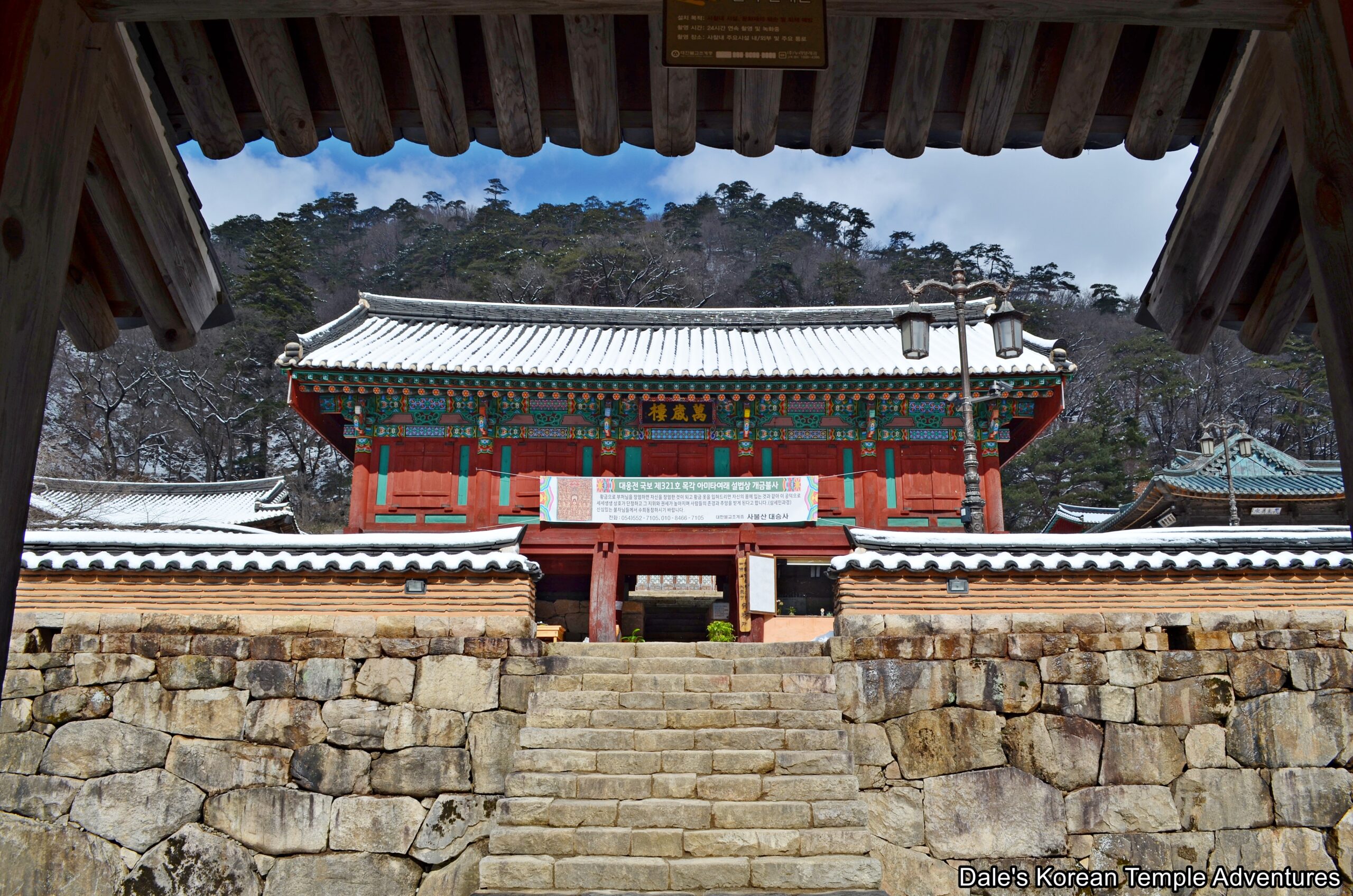
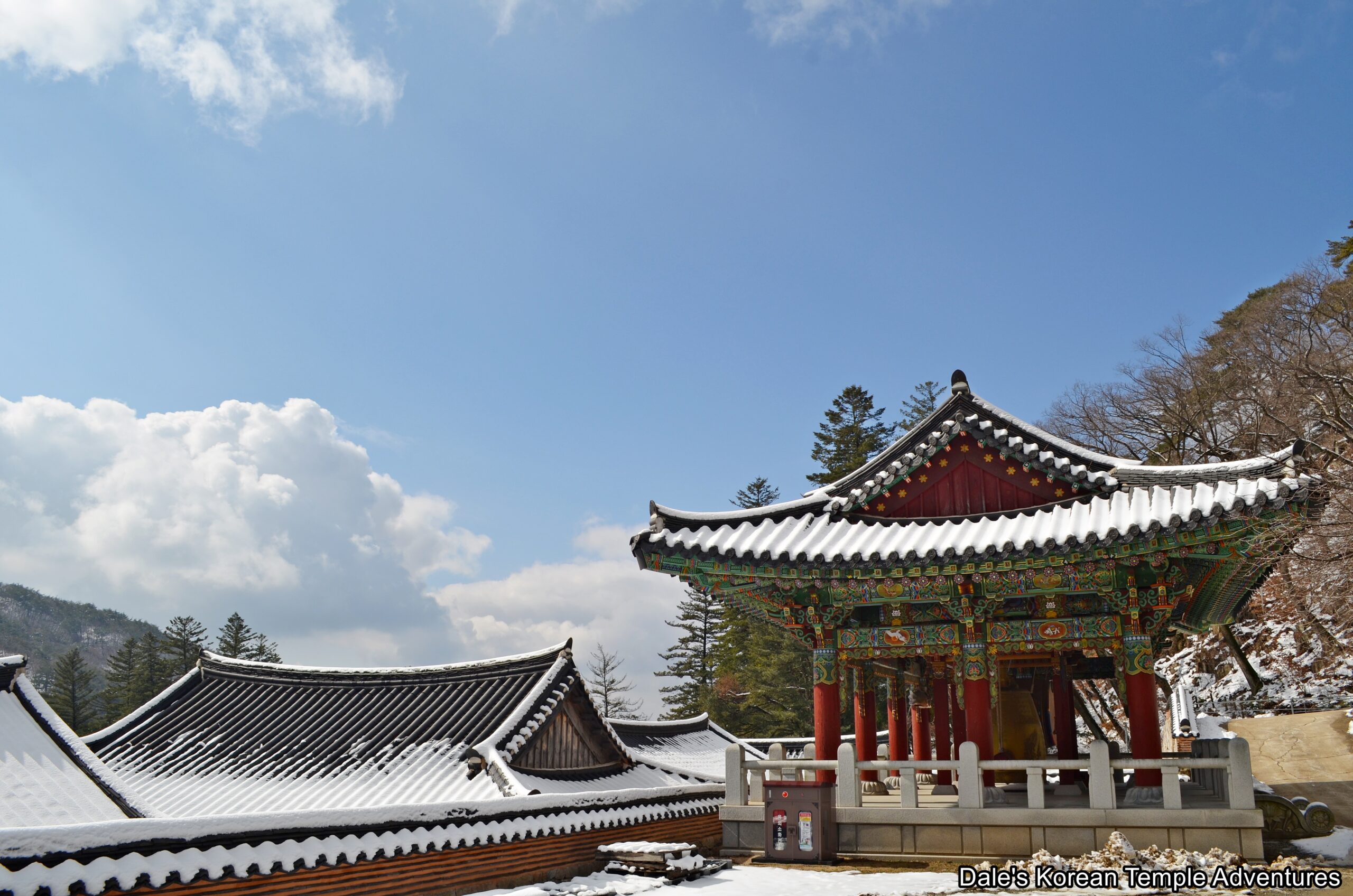
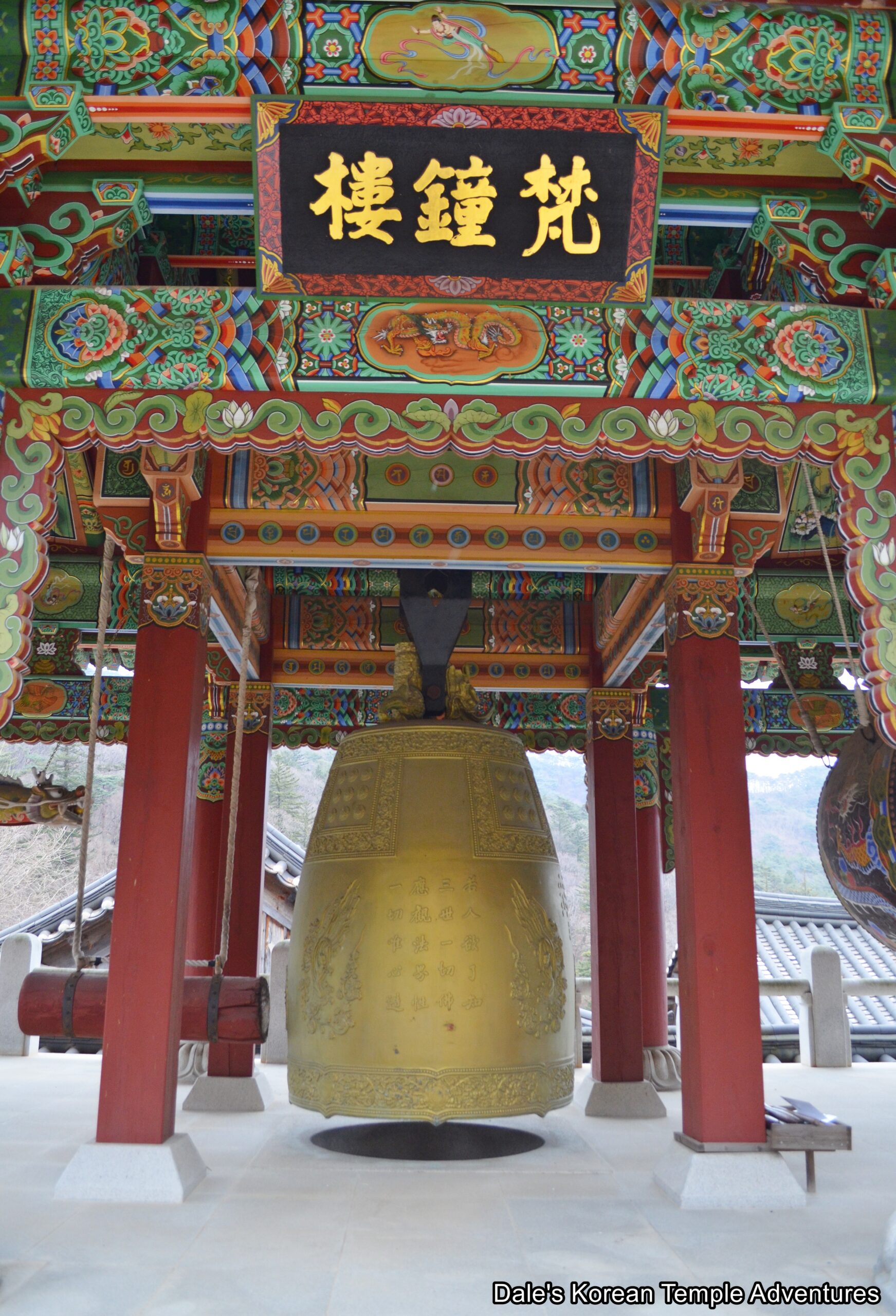
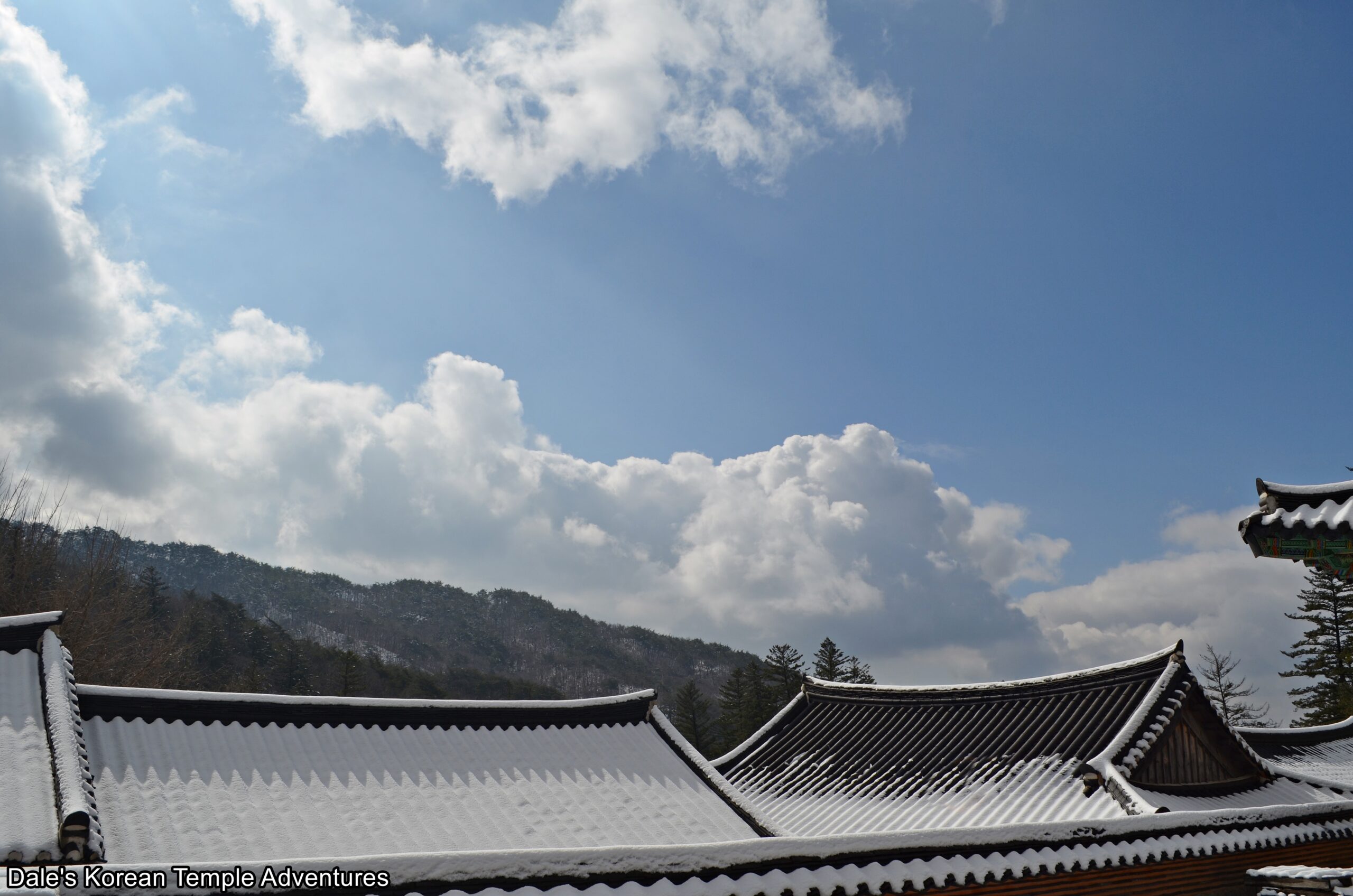

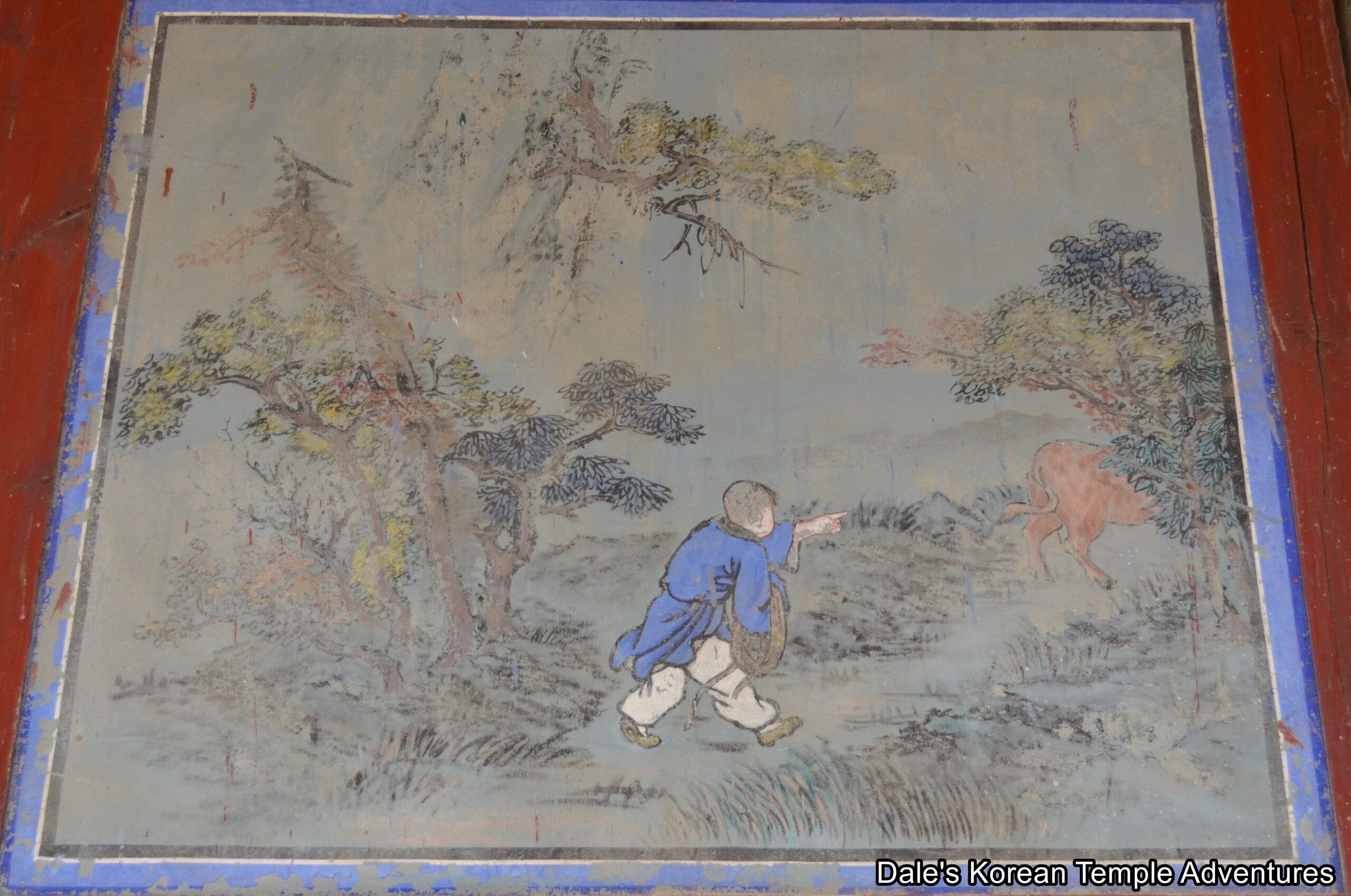
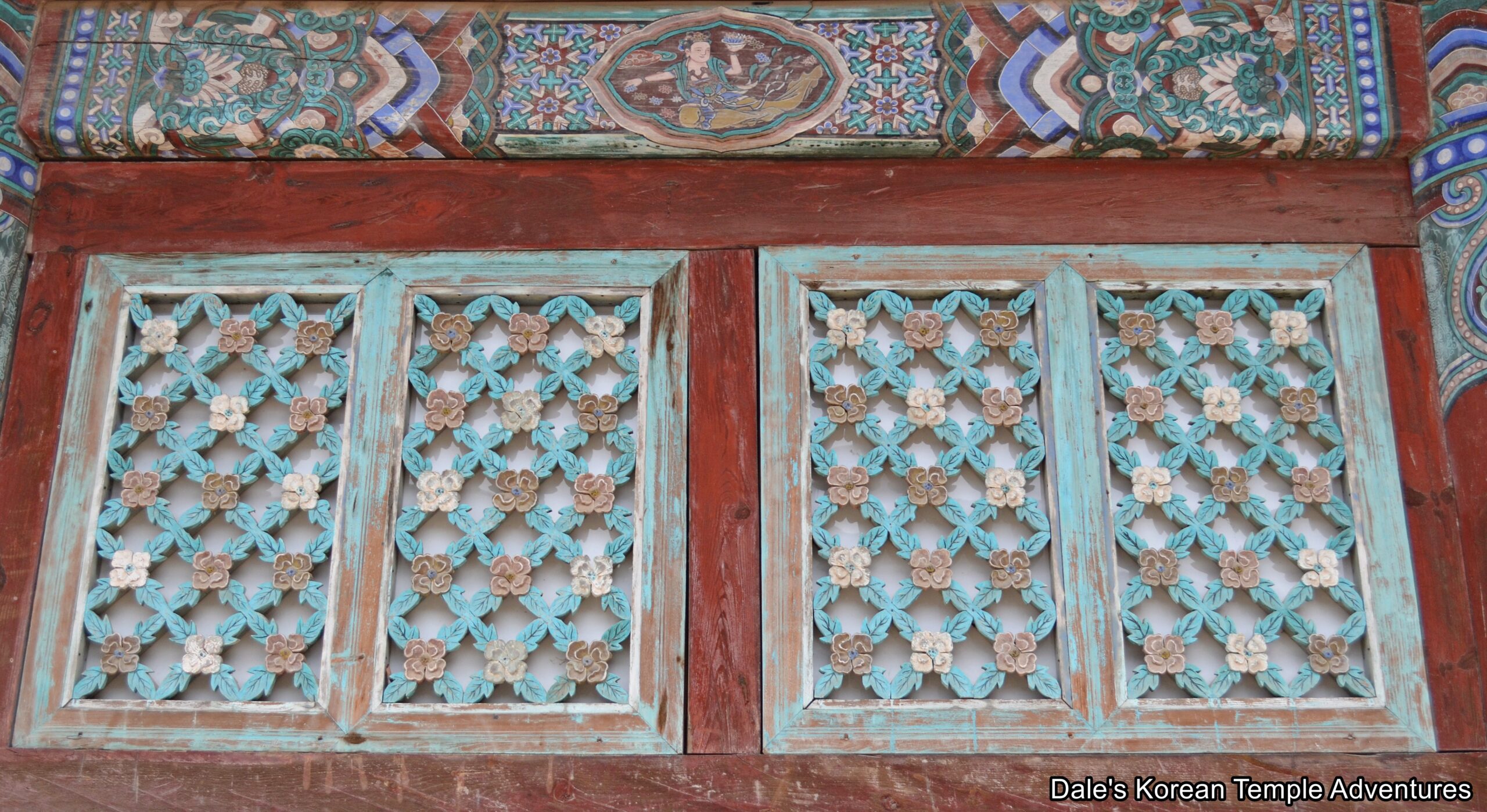
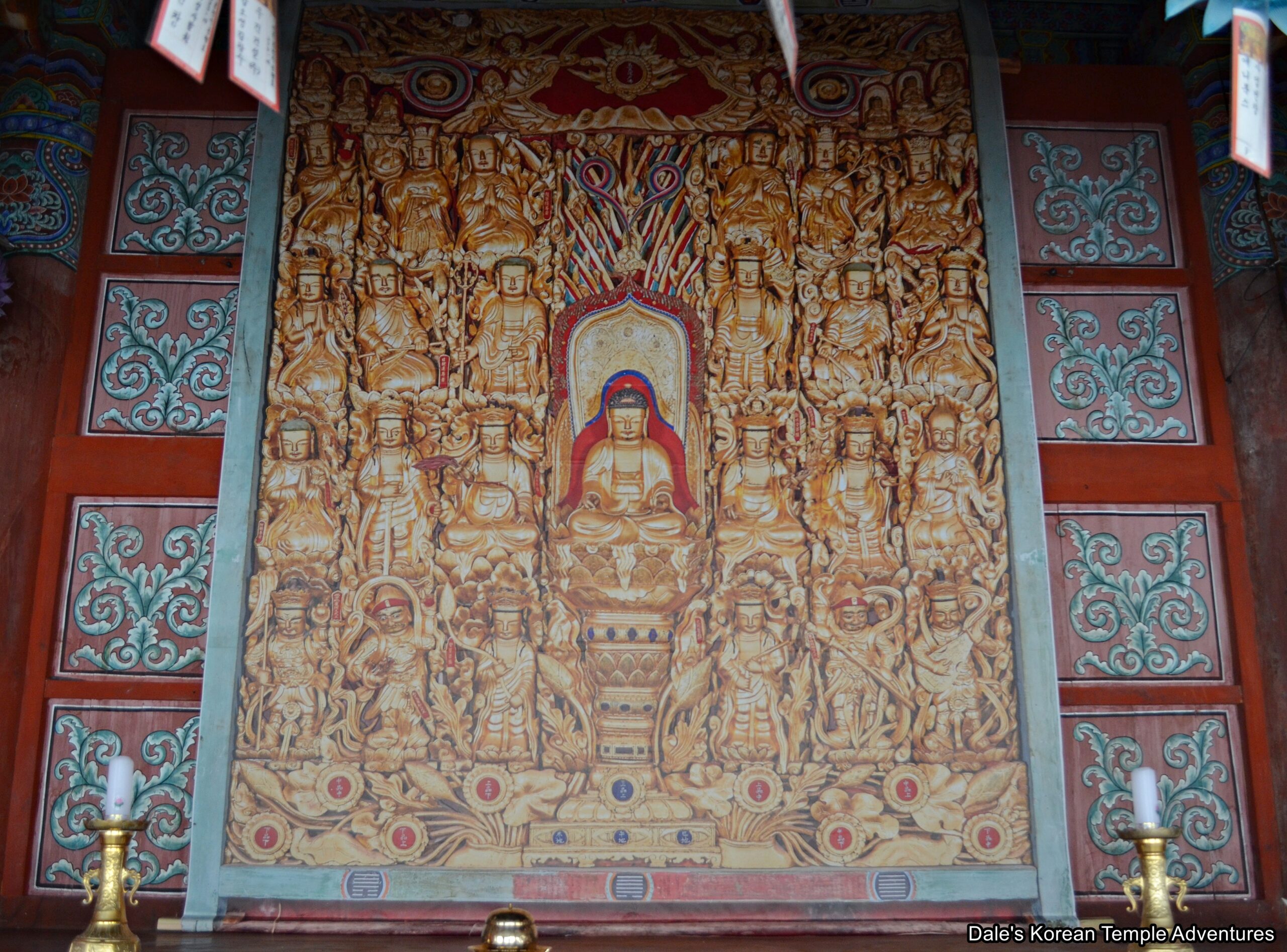

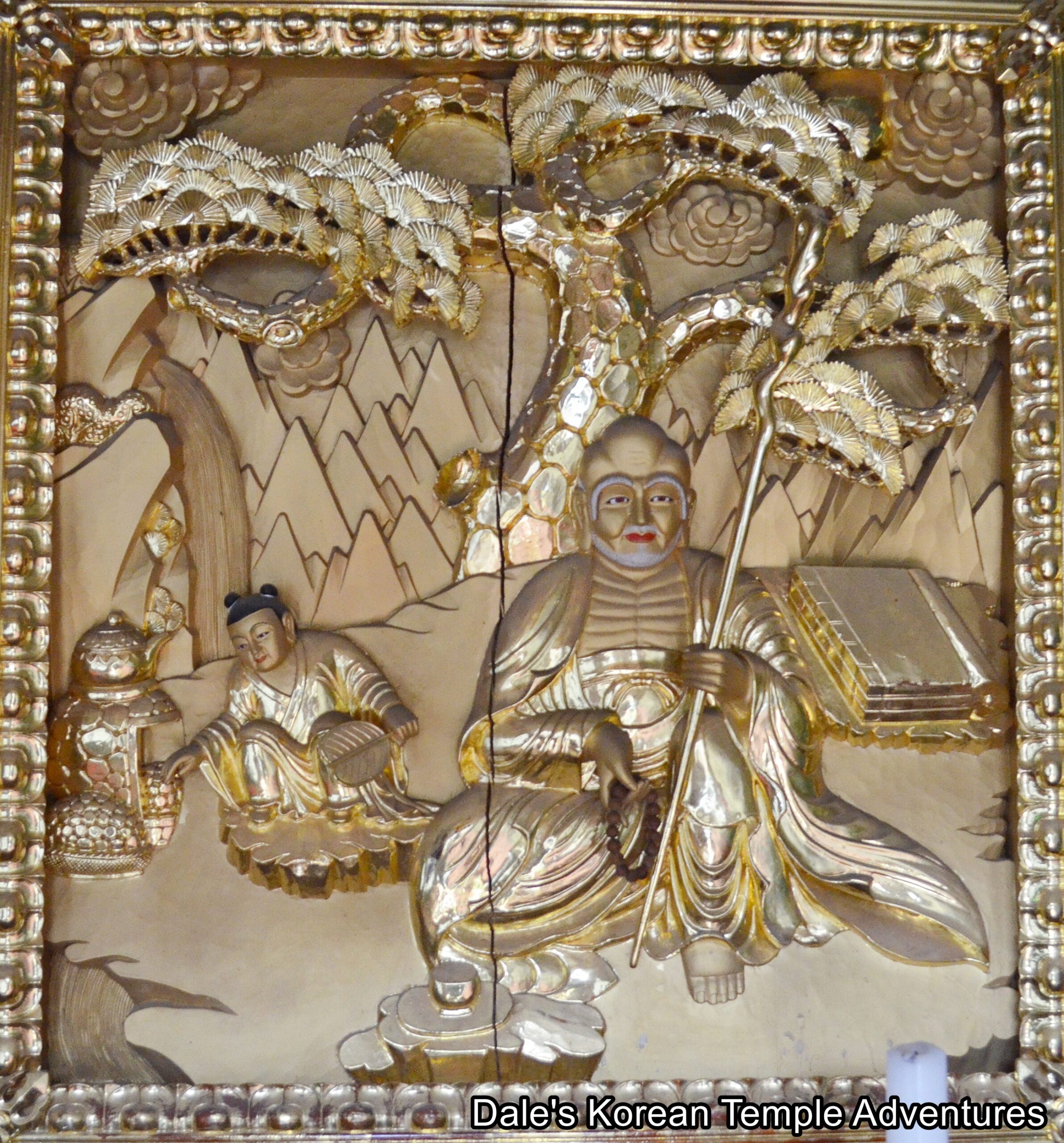
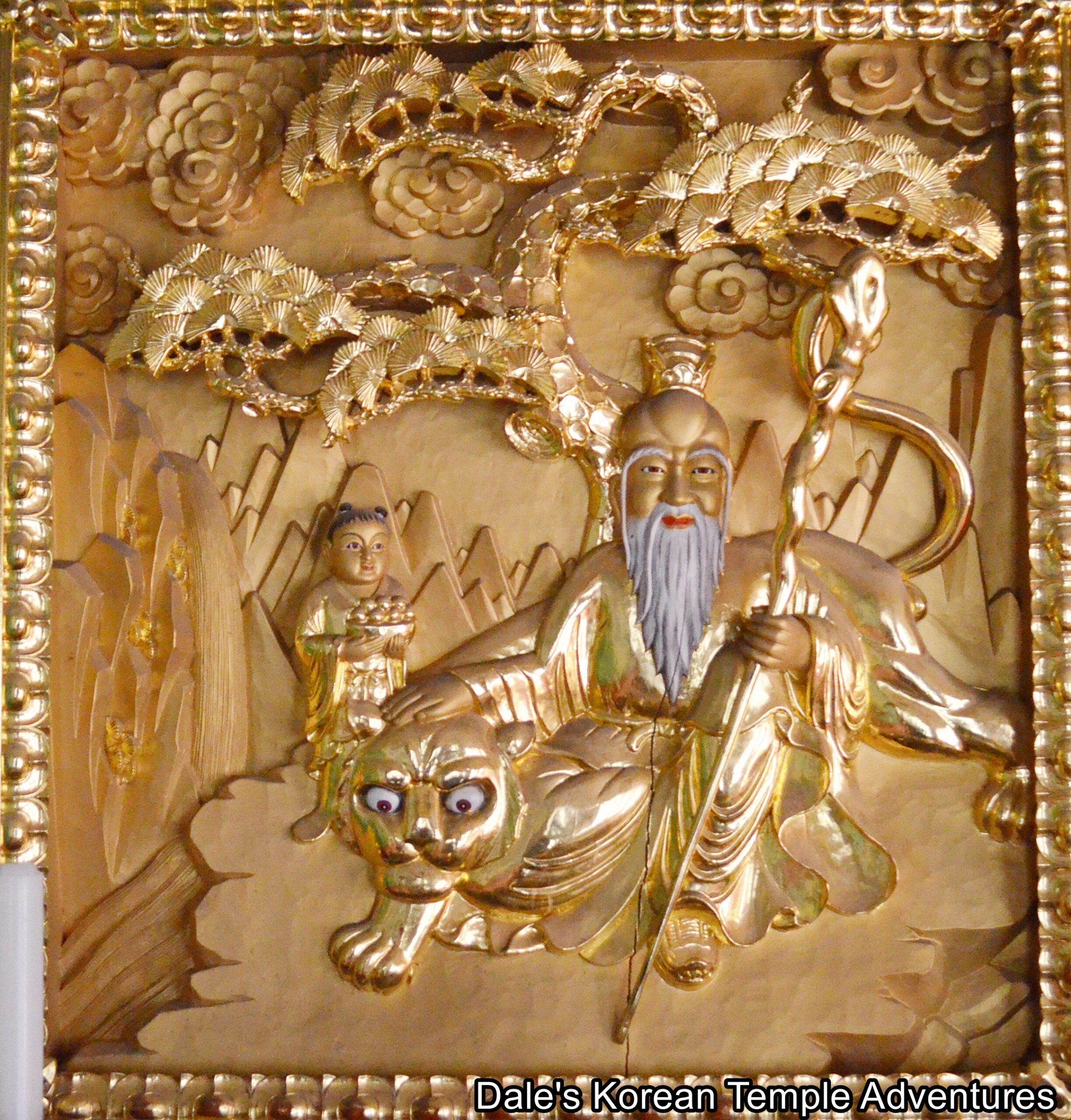

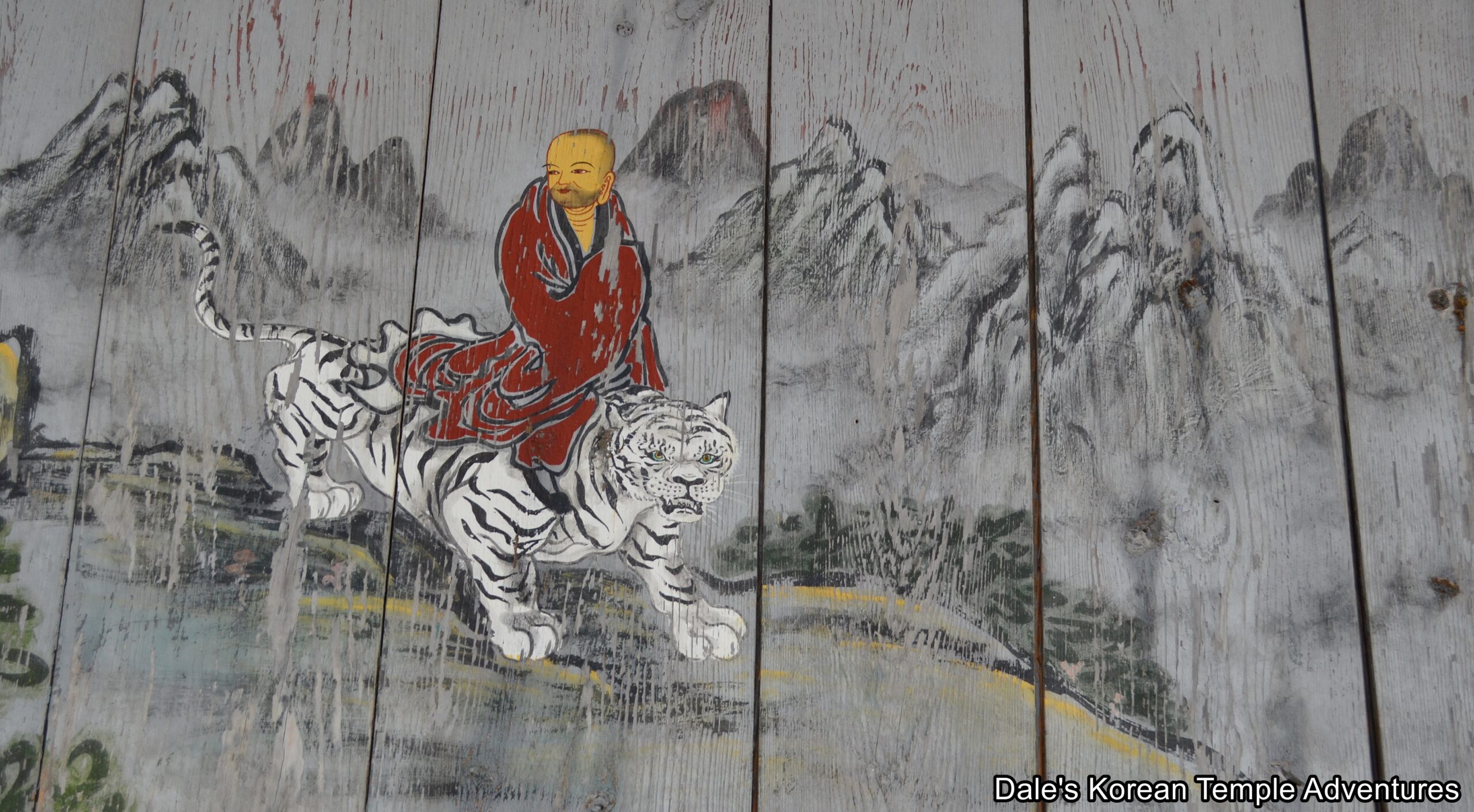
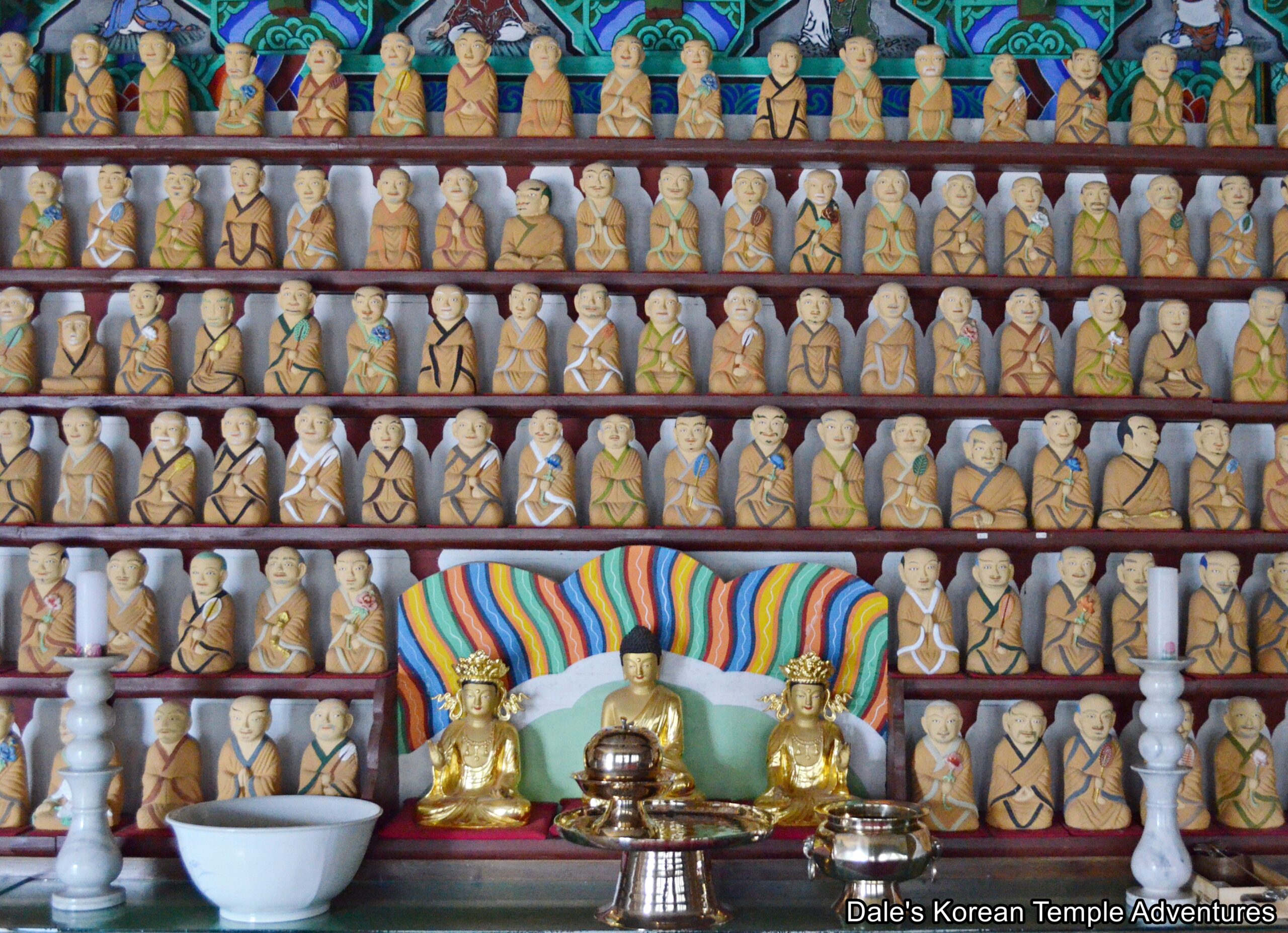

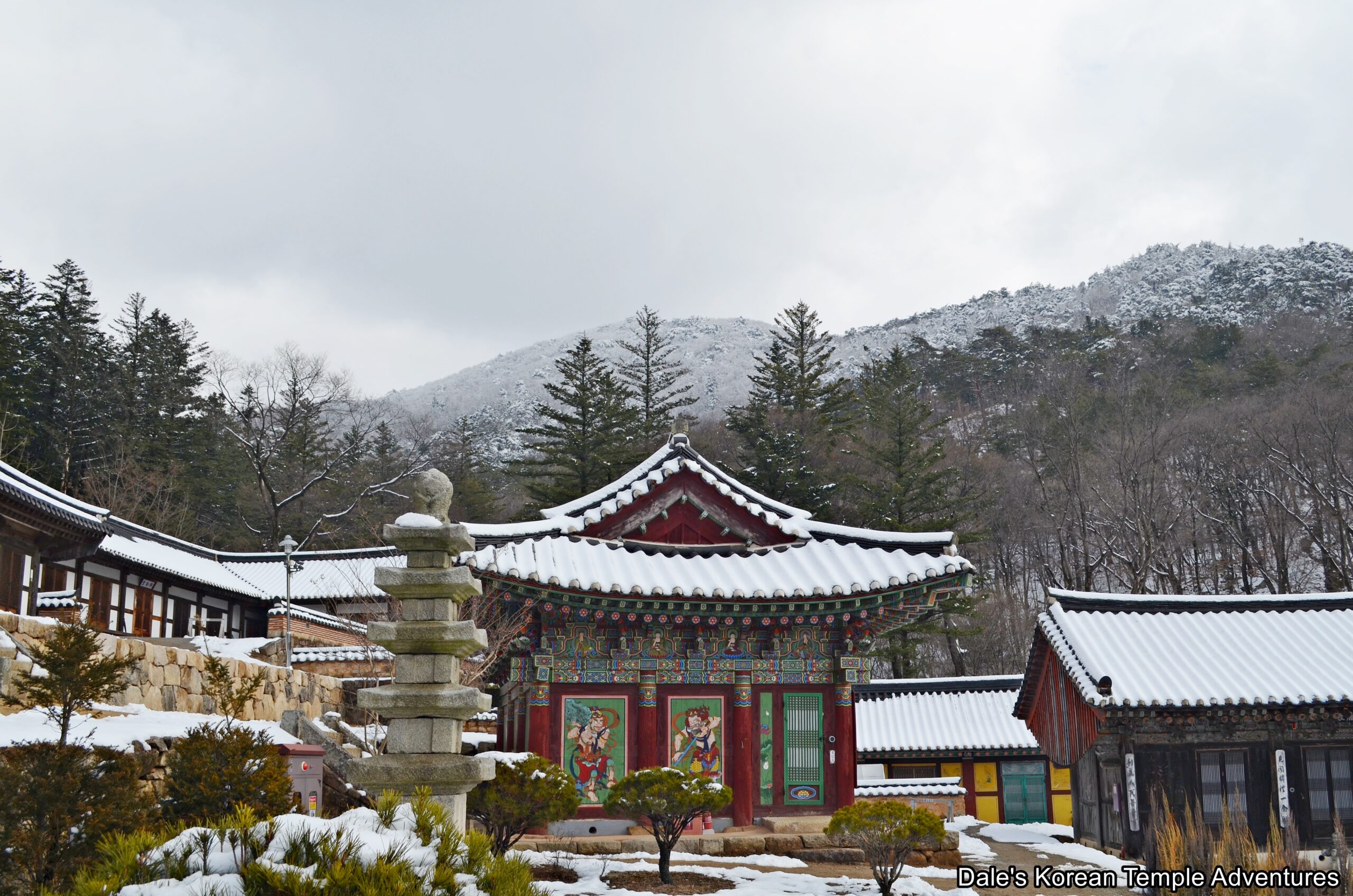
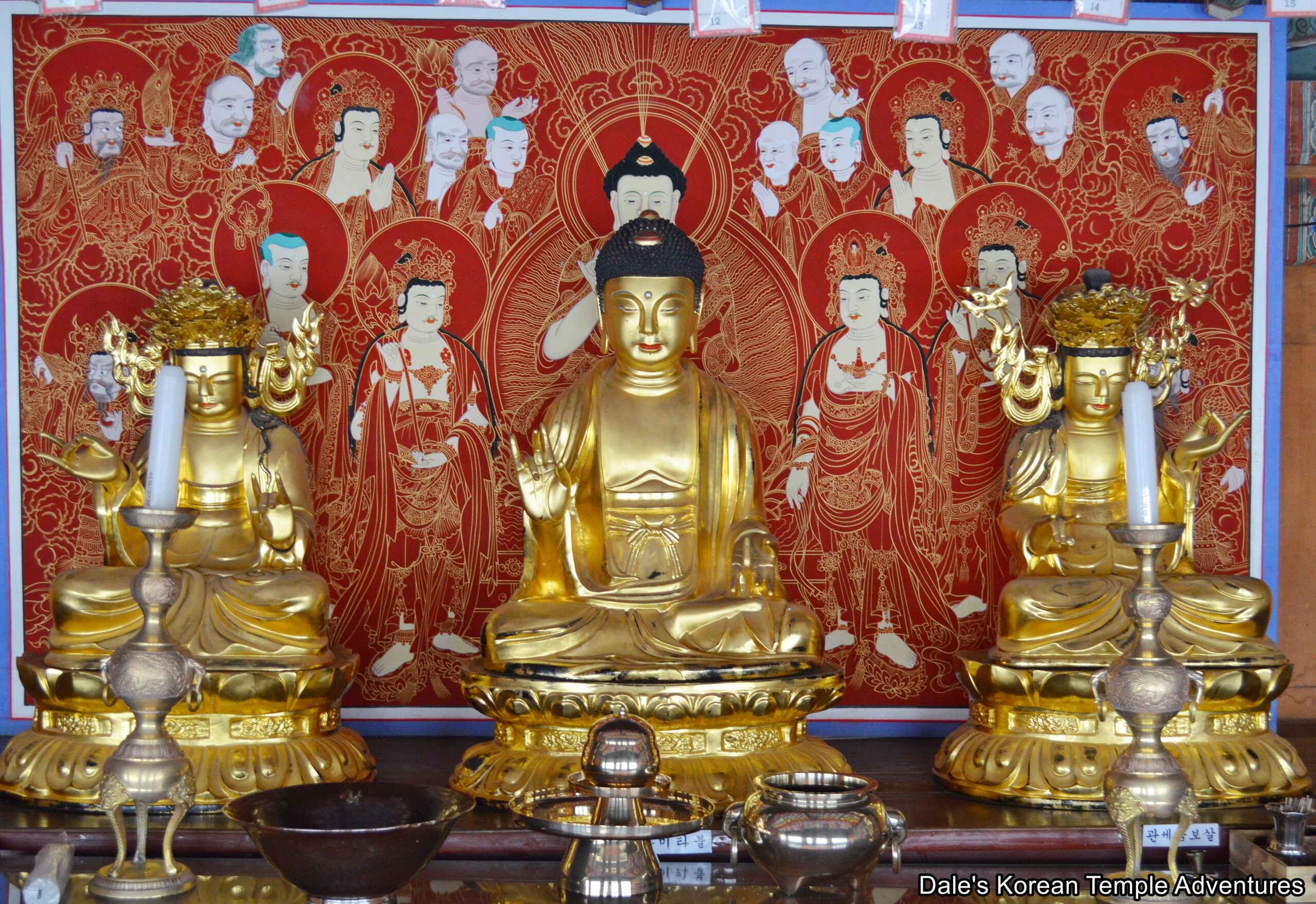
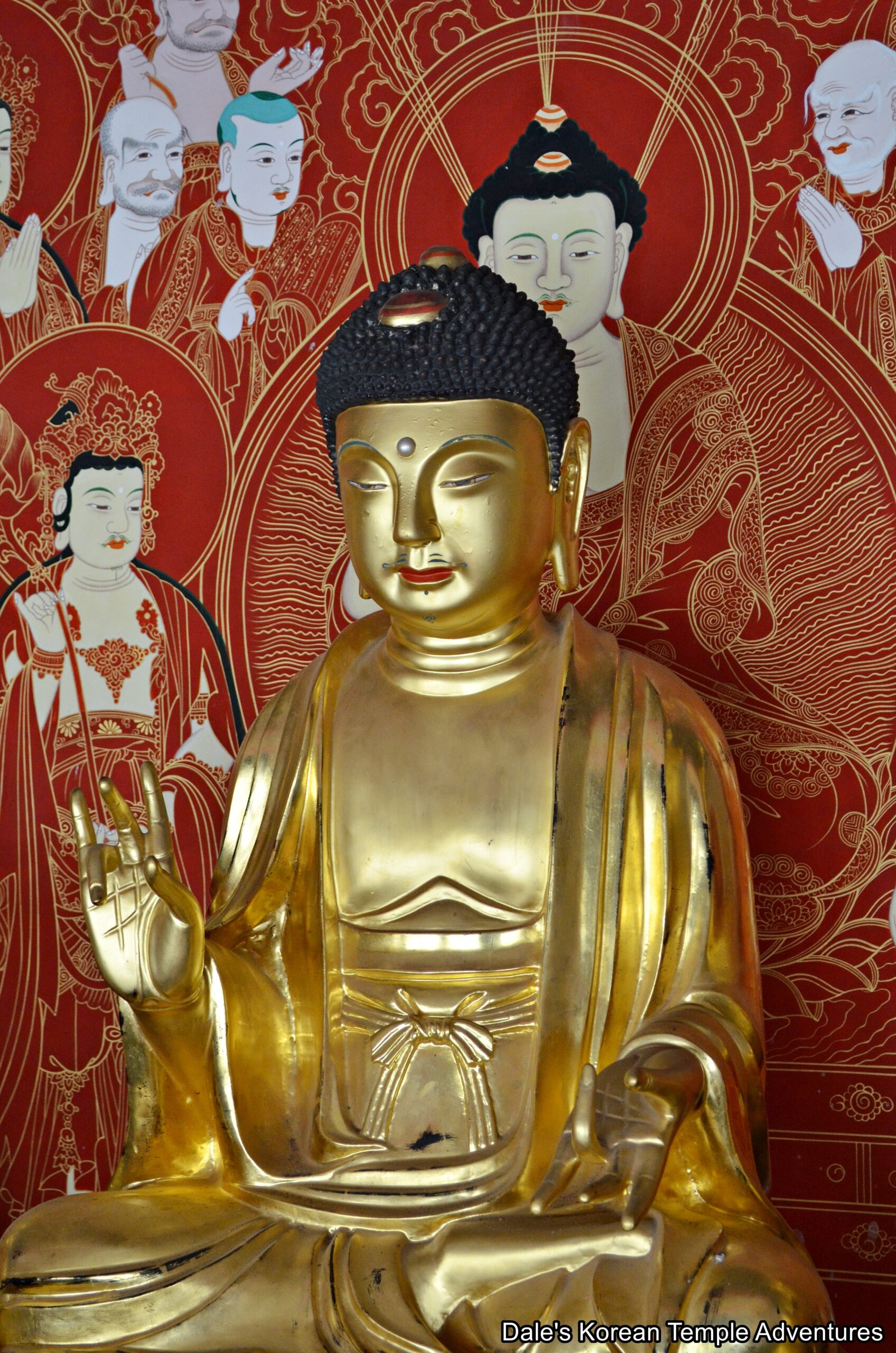
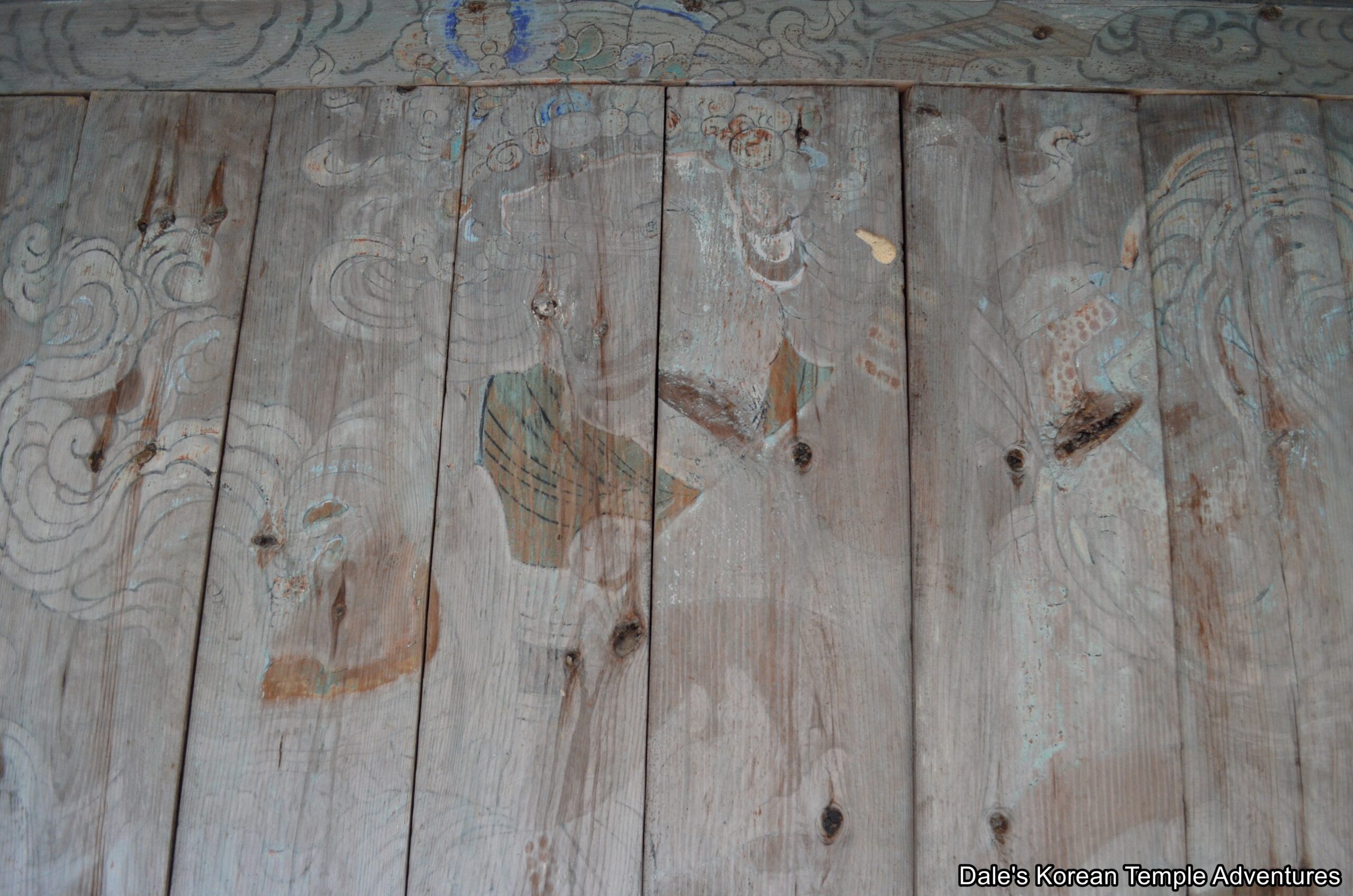
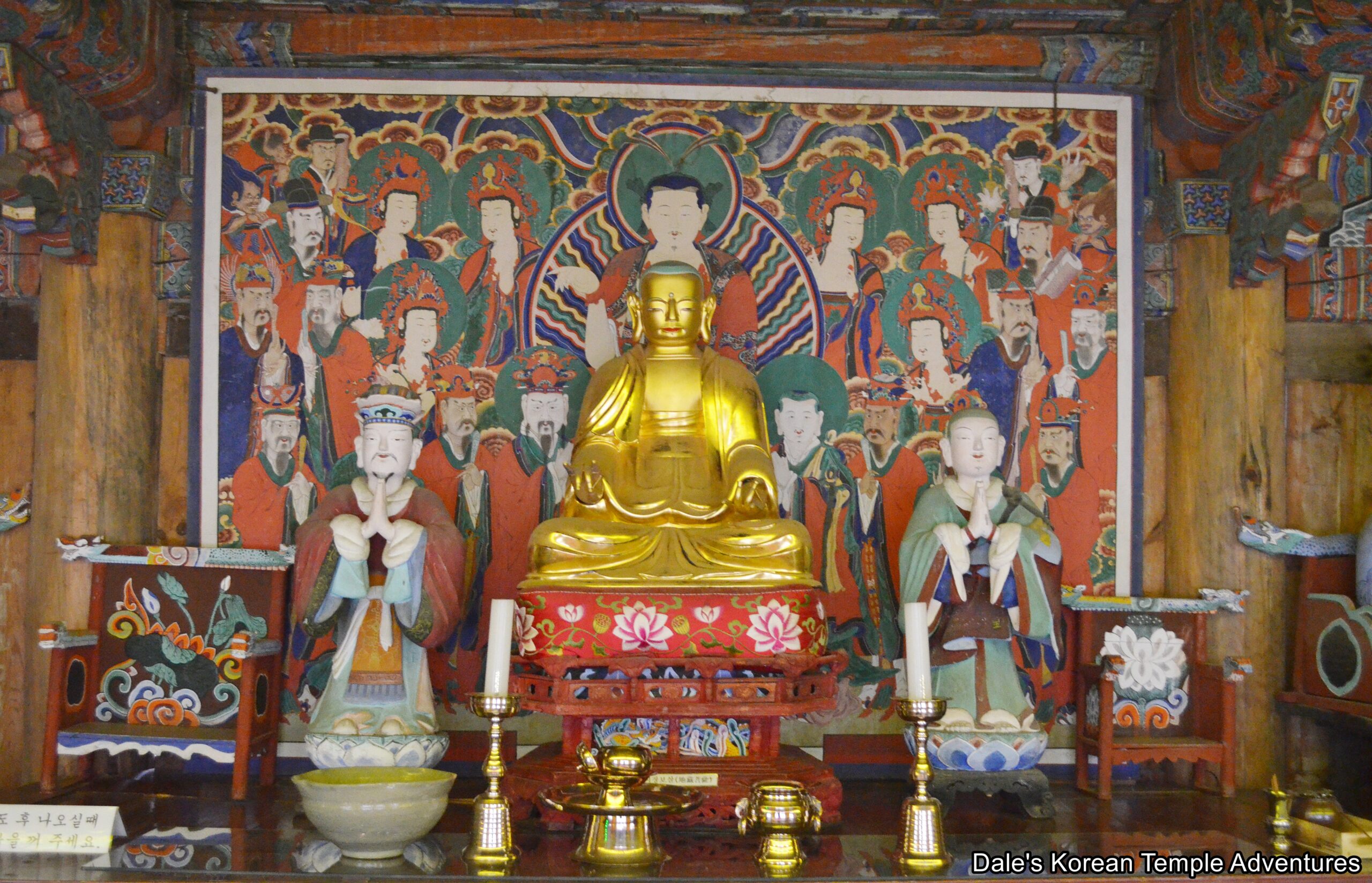
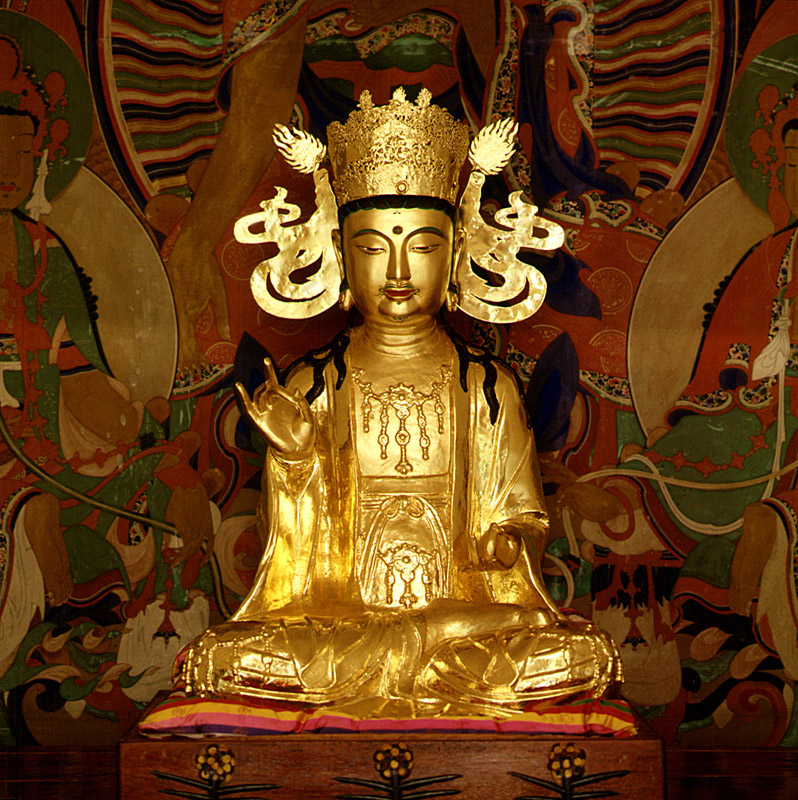
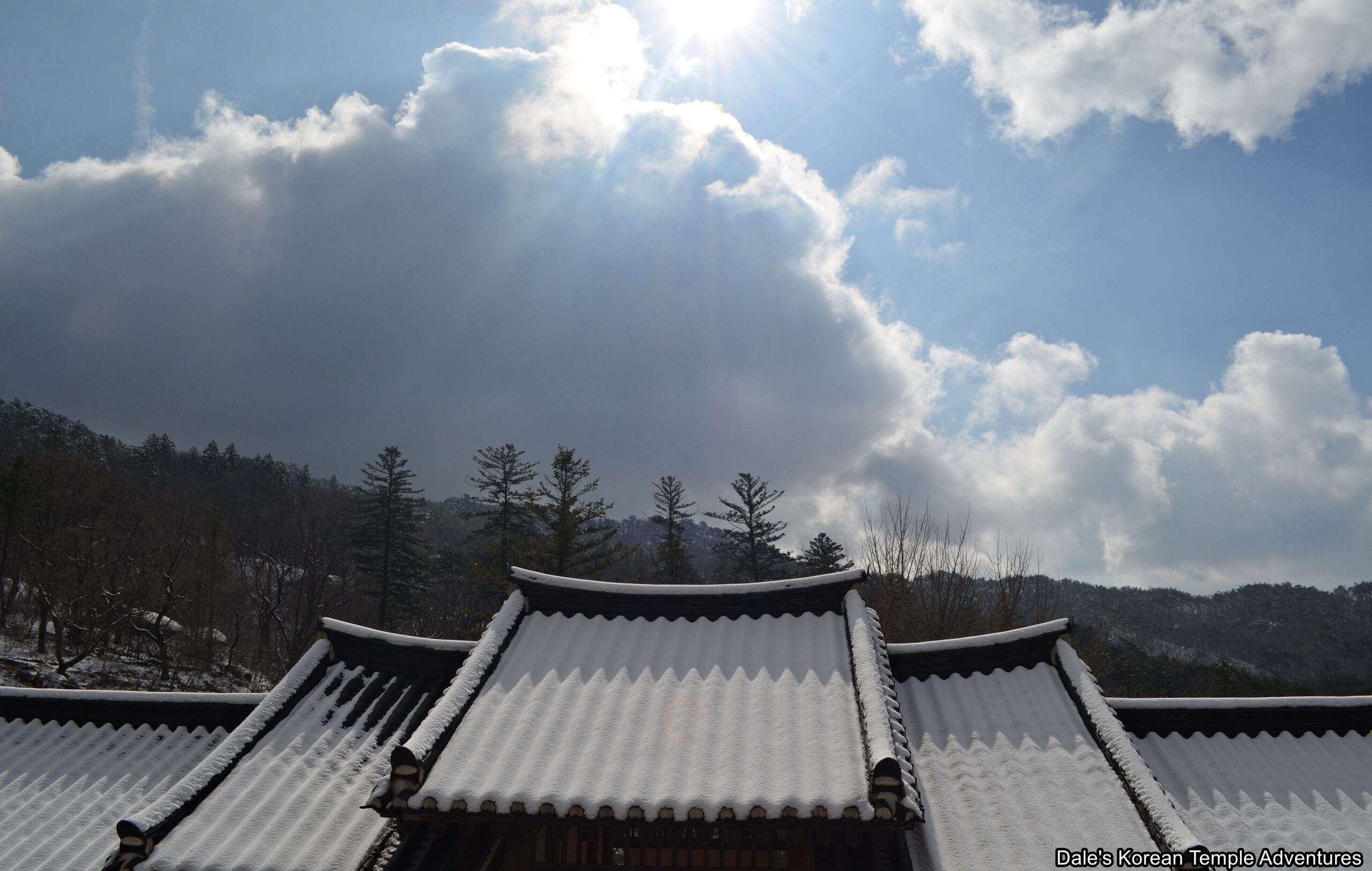
Recent comments